The Proven Roadmap To Develop Your ECommerce App







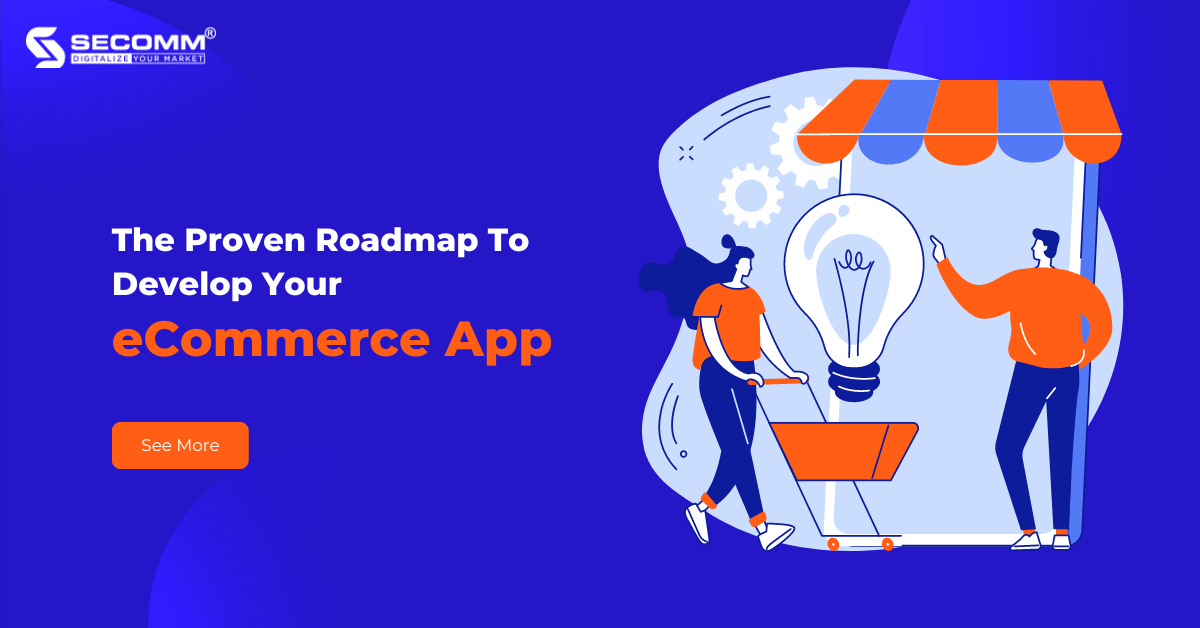
Facing the boom of Mobile Commerce, businesses now have two choices: to build an eCommerce app to adapt to this boom or to ignore it and gradually fall behind.
According to Insider Intelligence’s forecast, mobile commerce market sales will reach $534.18 billion in 2024, of which two devices contributing to this incredible number are smartphones and tablets. Smartphones alone account for 87.2% of mobile commerce sales. These figures are the most convincing answer to the above consideration: Yes, businesses need to build an eCommerce app.
1. The Process of Creating An eCommerce App
Building an eCommerce app requires a lot of effort and serious work because it is a complex process with many stages and the involvement of many relevant. Below are 8 summarized implementation steps that will help businesses understand the building process of a mobile shopping app to make their business operation more effective.
Identify Objectives
The first step of the process is to determine the objective of the mobile app, including deciding which products will be sold through the app and identifying the target audience. This way, businesses can build an app that meets their needs and quickly achieves the objective.
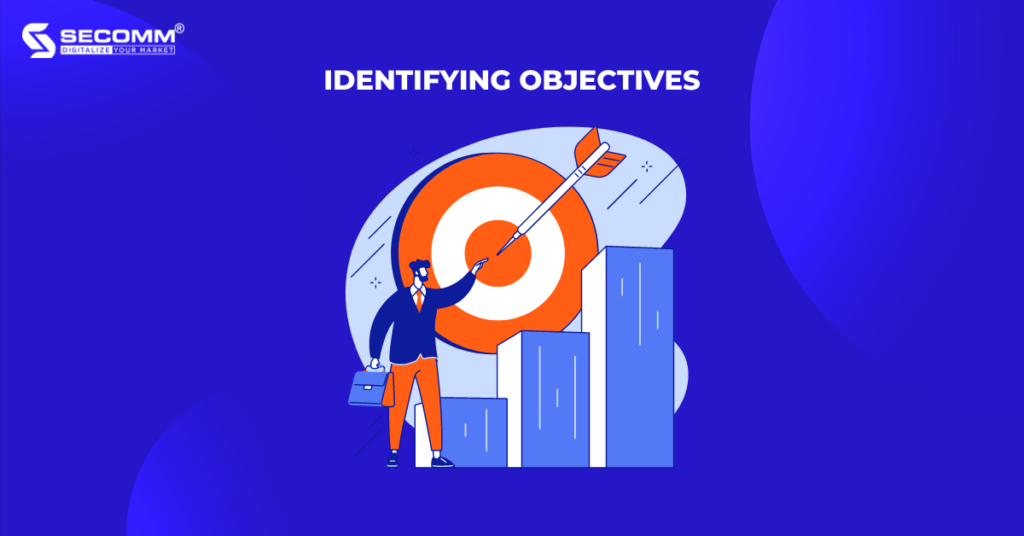
Businesses should do market research to understand their target audience’s needs, preferences, and behaviors in various ways, such as through surveys, interviews, etc. It helps them define the app’s features and the marketing strategies to promote it. Moreover, businesses should find the app’s unique selling points that differentiate it from its competitors, making it easy to attract potential customers and stand out.
Define Must-Have Feature Set
After identifying the objectives, the business proceeds to the next step: identifying the vital features of the eCommerce app. Here are some recommendations:
- Product Catalog: The app should include a catalog of the business’s products, clear product images, detailed descriptions, and comments about products.
- Search function: Not only websites, but eCommerce apps also need a search bar to help customers easily search for products they are interested in.
- Shopping cart: The shopping cart feature allows users to add products to their cart, view the list inside, and add or remove items from the cart.
- Payment integration: To help the payment process run smoothly, businesses can integrate multiple payment methods to provide customers with various options such as cash on delivery (COD), credit/debit cards, eWallets, etc.
- Social media integration: This integration not only helps customers log in quickly but also encourages them to connect with the business on social media platforms.
- Push notification: For eCommerce apps, push notifications play a crucial role as a communication channel with customers and support businesses in marketing campaigns.
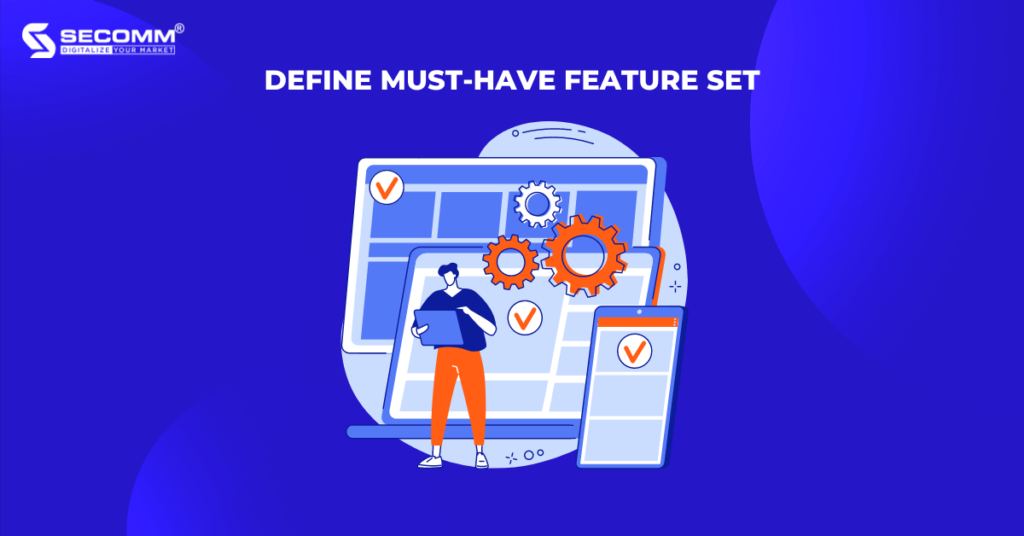
Select Platform and App Type
- Select platform (iOS/Android)
The selection of a platform for building an eCommerce app depends on many factors, including target customers, budget, development stage, necessary features, expansion needs, etc. iOS and Android are two popular platforms in today’s market. In most cases, businesses will build eCommerce apps on both platforms. However, those with limited resources, start with one platform first and then expand to the other later.
Additionally, if a business is targeting customers in the European and North American markets, iOS would be the right choice because iOS dominates these markets. However, because Android has a superior market share in Asia, businesses with plans to penetrate the Asian market should consider choosing Android.
- Select App Type (Native app/Hybrid app)
Any business looking to build an eCommerce app will have to choose between a Native app and a Hybrid app. Developing a Native app refers to building a specific app for a specific platform (iOS & Android), using the respective programming languages of the platform – Swift/Objective-C for iOS and Java/Kotlin for Android. Native apps can provide great performance and user experience as they are optimized for the specific platform the app is built on. However, building Native apps can be costly and time-consuming.
Developing a Hybrid app involves building a single app that works on both iOS and Android platforms, using web technologies like HTML, CSS, and JavaScript. Hybrid apps can speed up the development cycle and be less expensive in terms of budget and time compared to native apps. However, Hybrid apps cannot provide the same performance and user experience as Native apps.
Therefore, the choice between developing a Native app or a Hybrid app depends on the budget, development process, and the desired user experience. If the business has a surplus budget to invest in user experience, then developing a Native app is a good choice. However, if the business needs to bring its eCommerce app to the market quickly but has budget constraints, then it should focus on developing a Hybrid app.
Related Reading: Native App & Hybrid App: Key Differences, Pros & Cons
In-house or Outsourced App Development
In the next step, businesses decide whether to use an in-house team or collaborate with a specialized agency, which depends on the budget, experience, expertise, and resources. Below are some pros and cons of the two options: In-housing and Outsourcing.
In-house development team
Pros:
- The team will control the entire development process.
- The in-house team can communicate and make decisions directly.
- The in-house team will deeply understand the project and the business goals.
Cons:
- It can be expensive in terms of budget and time to recruit, train, and maintain an in-house development team.
- If the in-house expertise and resources are insufficient, it may take a long time to build the app, affecting the product launch process.
Development partner (Outsourcing):
Pros:
- The business benefits from a partner with a lot of experience building eCommerce apps.
- The eCommerce app development process may be faster than an in-house team because the partner’s expertise is proven.
- Saves budget and time in recruiting, training, and maintaining an in-house team.
Cons:
- It takes a lot of time for the business analysis phase so that the partner can understand the business operations and goals to make decisions on the app development.
- The communication and decision-making process between both parties may be difficult due to geographic distance.
- If choosing the wrong partner, the final result may not meet the requirements of the business.
Create UI/UX Design
The UI/UX design of an eCommerce app refers to creating a visually appealing and user-friendly interface to help users easily search for and purchase products. Here are some suggestions for businesses to consider when designing the UI/UX for eCommerce apps:
- The design should reflect the image and brand value.
- The design should be simple to enhance user experience and easy navigation.
- Use high-quality product images and keep file sizes small to minimize load times.
- Consistent design throughout the entire app, including colors, fonts, etc.
- Ensure the design is responsive and performs well on various screen sizes.
- Use clear and intuitive navigation systems to help customers find out what they need on the app.
- Collect user feedback and make necessary adjustments to improve UI/UX design.

Build the MVP
In eCommerce app development, MVP stands for Minimum Viable Product, which is typically a condensed version of the app that is launched to the market before the official launch of the full app. Building an MVP for an eCommerce app usually focuses on developing the core features and ensuring those features work effectively before adding additional features.
As listed, the most crucial core features may include a product catalog, search bar, shopping cart, payment methods, etc. When releasing an MVP, the business must ensure that it is error-free and meets the needs of the target customers. The goal of an MVP is to understand the customer’s thoughts on the product, minimize risk, and allocate resources effectively before launching the full product to the market.
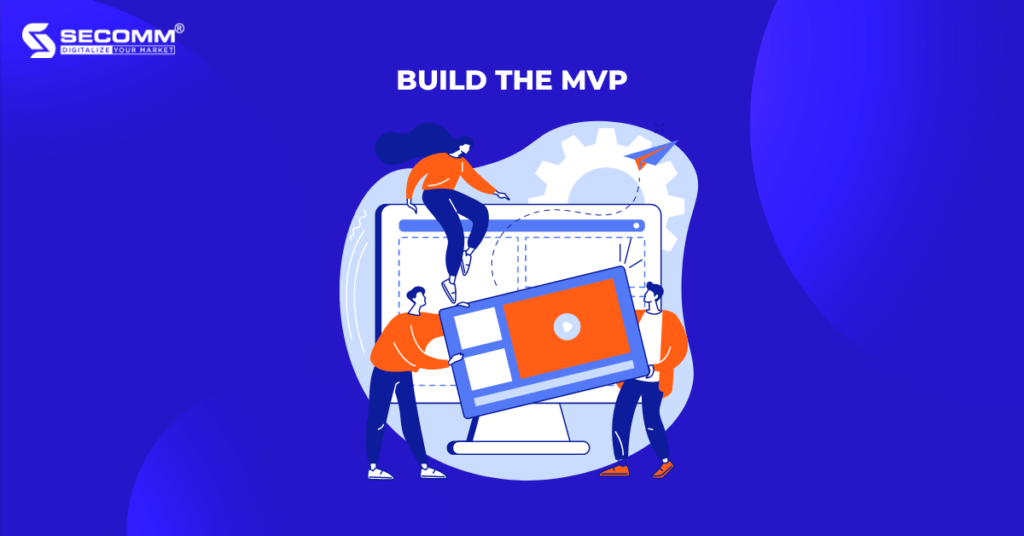
Gather Feedback
After building and releasing the MVP, businesses should collect feedback from users through various channels such as social media, surveys, or reviews on the App Store or Google Play to gather their opinions on the experience when using the eCommerce app. Moreover, businesses should carefully review the feedback and use it to make decisions about how to improve the app. In particular, they should prioritize the most important issues users are facing and resolve them quickly.
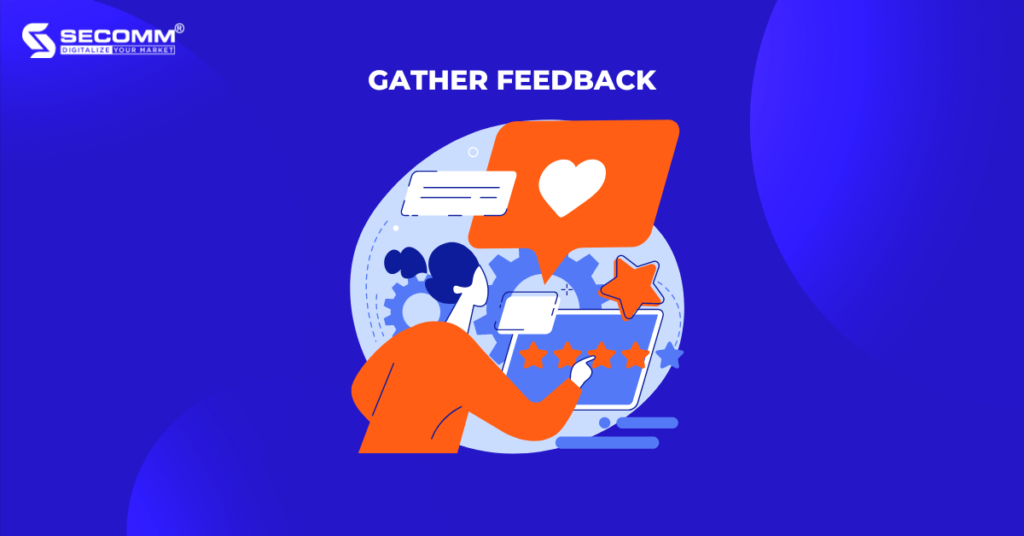
Refine and Launch the app
After gathering and reviewing user feedback, businesses can will refine the app and conduct a second round of testing to ensure the app performs well and the improvements have enhanced the user experience. Once the refining and second round of testing is done, businesses can release the product to the market and run marketing campaigns to reach target customers. However, the business needs to closely monitor the performance of the eCommerce app and regularly collect feedback from customers while continuously improving to meet the ever-changing demand of users and maintain a competitive advantage in the market.
2. 3 Things To Keep In Mind
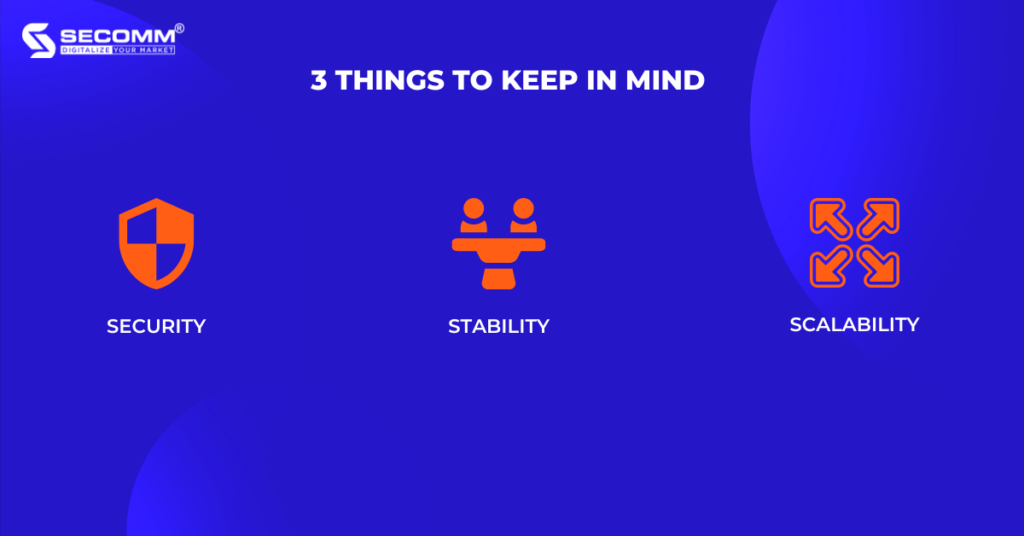
Security
It is a top priority factor that businesses should put their minds to when building an eCommerce application. When users download, register an account, and start using the app, their private data such as login information, personal information, and payment information will be stored on the system. Therefore, businesses should comply with general regulations related to security issues and provide customer information as well as deploy secure payment gateways, and use SSL encryption or two-factor authentication to protect user data of the eCommerce app.
Stability
The stability and reliability of an eCommerce app are crucial for a business to provide an incredible user experience. Customers typically prefer apps that run smoothly without any bugs or errors. However, releasing a flawless eCommerce app without any bugs is unrealistic. Therefore, businesses need to conduct thorough testing to identify and fix any issues before launching, while also regularly maintaining and updating the app to improve its performance and prevent or correct any errors that may arise.
Scalability
This is the ability of an eCommerce app to handle increasing traffic, user volume, and shopping transactions without affecting the performance or functionality of the app. When getting started, businesses should predict the app’s future growth and place to build an app that is easily scalable when necessary. Moreover, businesses need to plan for the addition of advanced features to meet expansion needs.
In summary, security, stability, and scalability are three factors to consider when building an eCommerce app. By focusing on these three factors, businesses can provide customers with a safe, reliable, and scalable app that corresponds to the development of the business.
Above is the general process of 8 steps for building an eCommerce app with some important notes during the implementation. With years of experience implementing eCommerce for businesses from many countries, SECOMM understands the difficulties businesses will face when implementing eCommerce apps.
Contact us today for a free consultation.






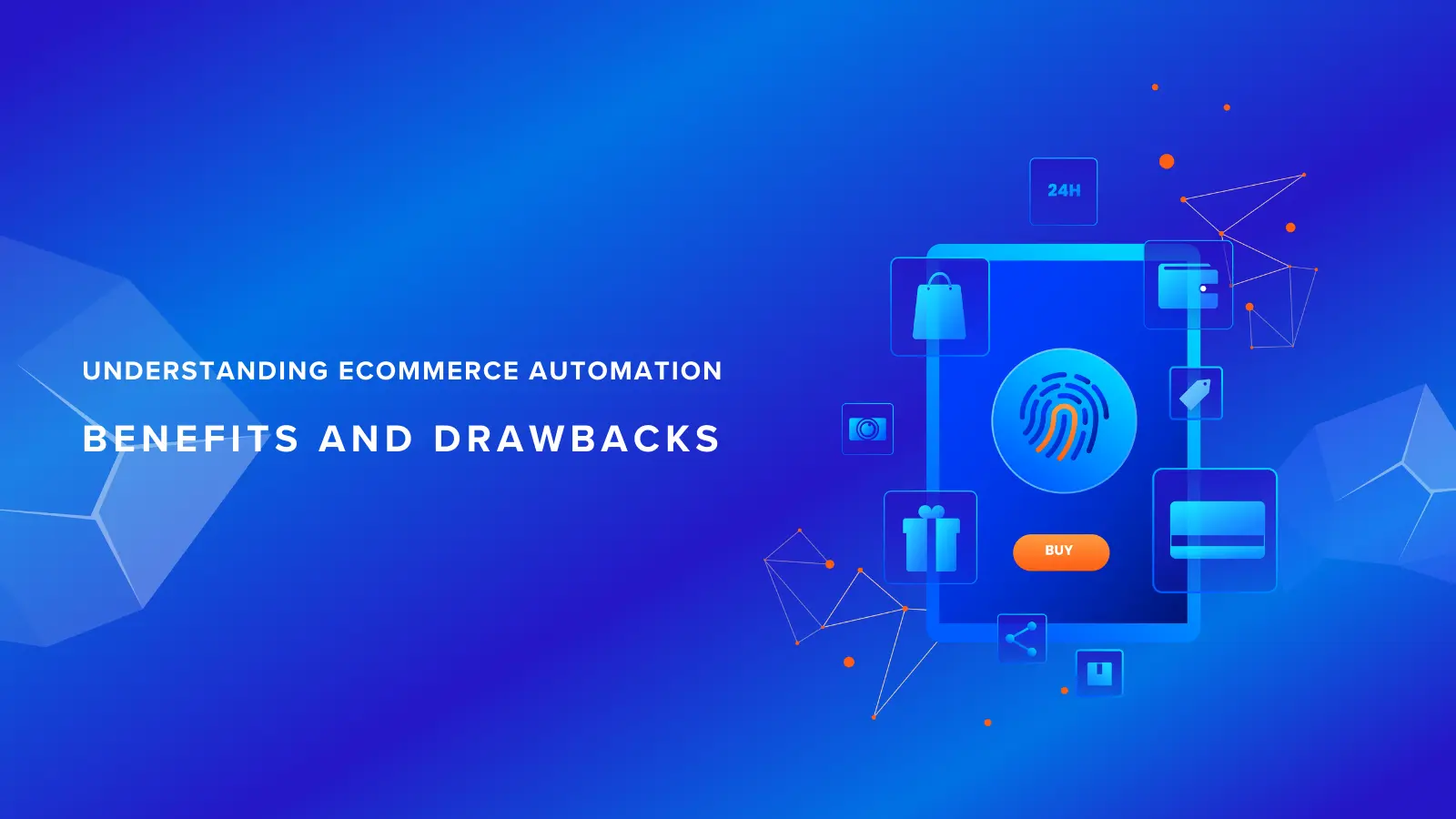
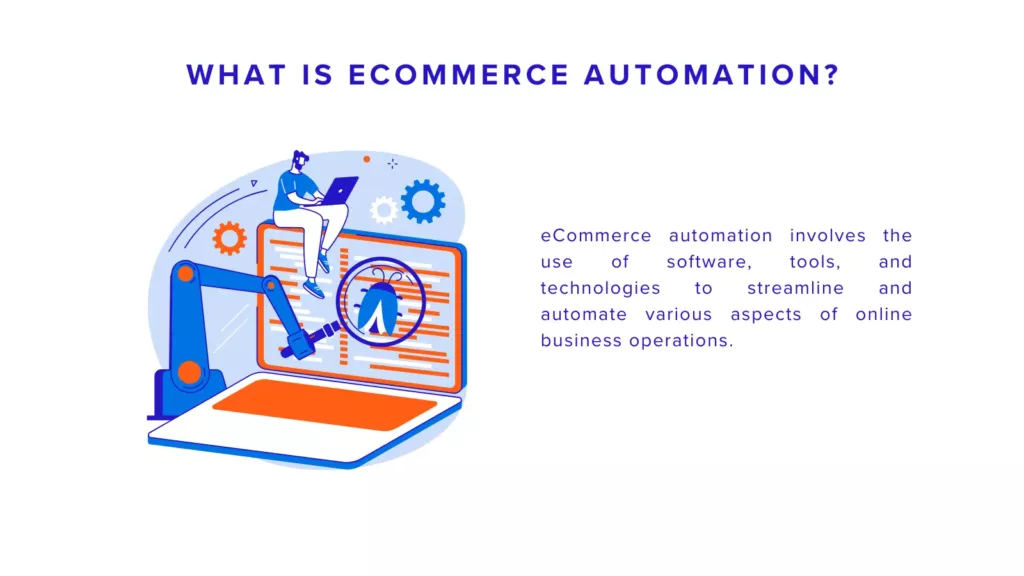
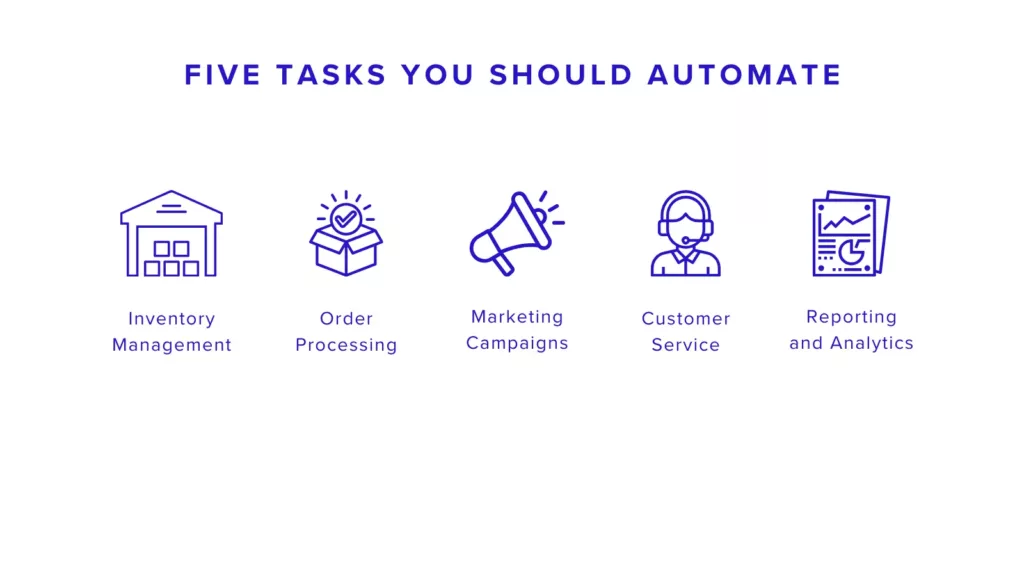
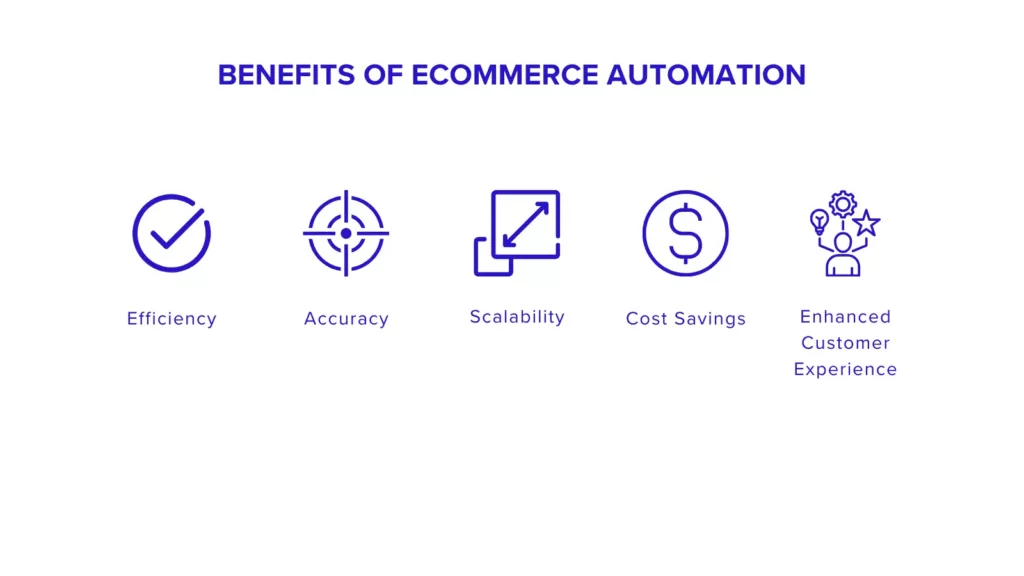
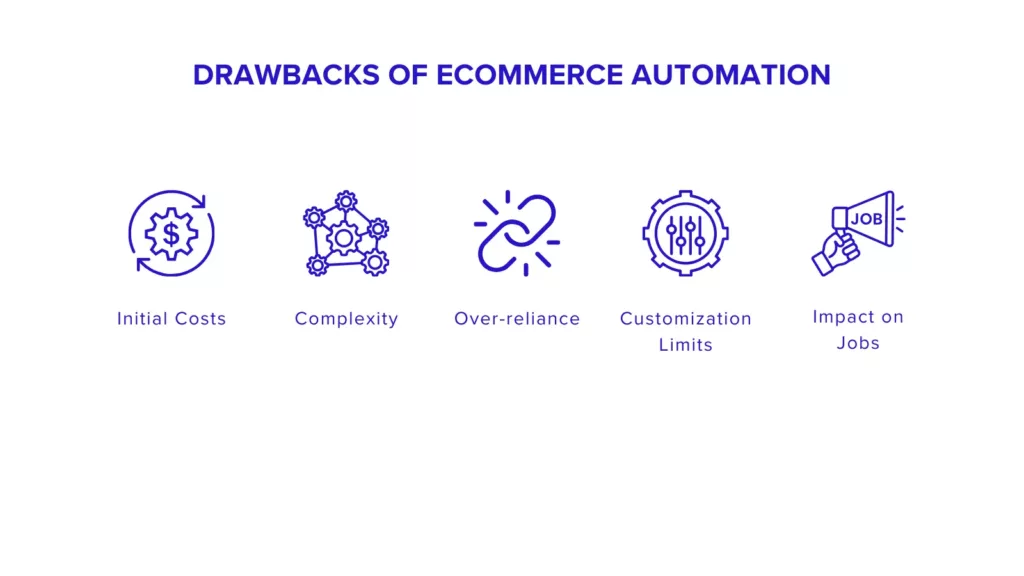
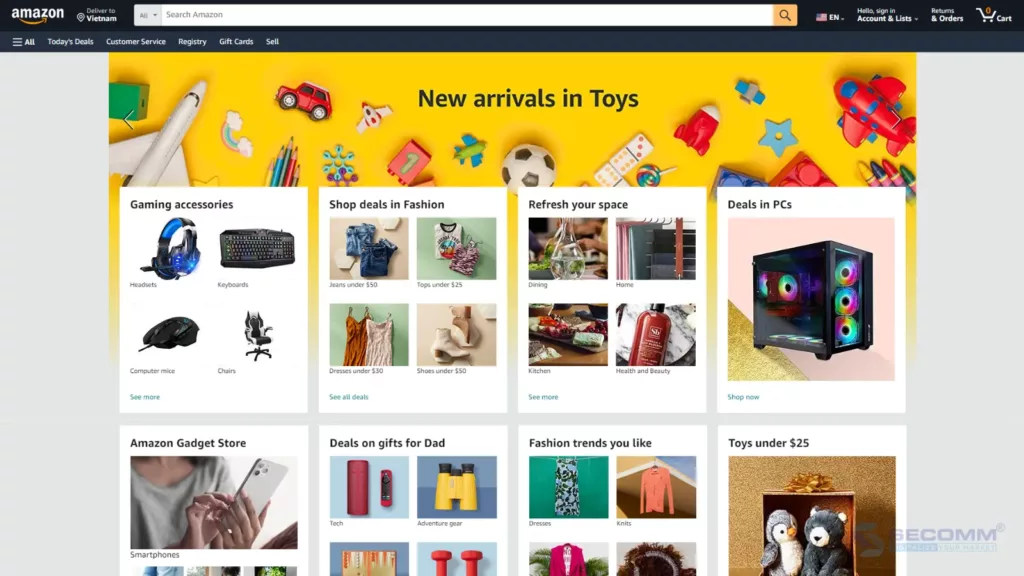
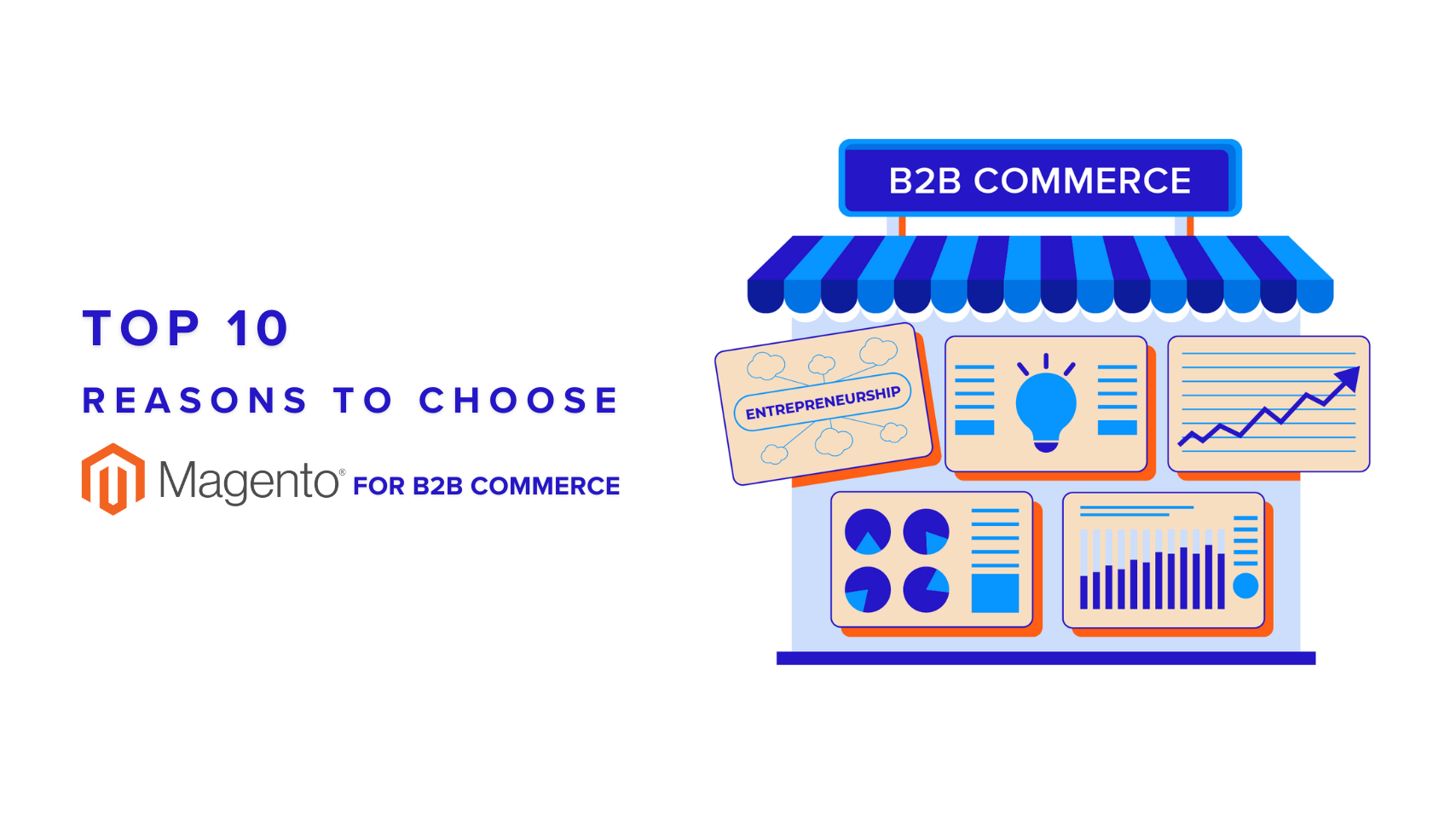
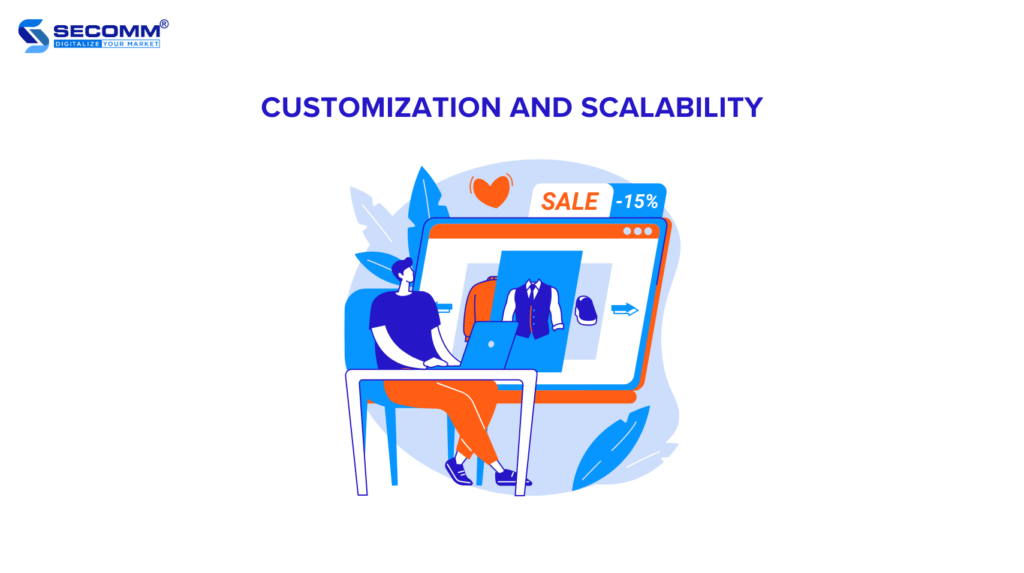
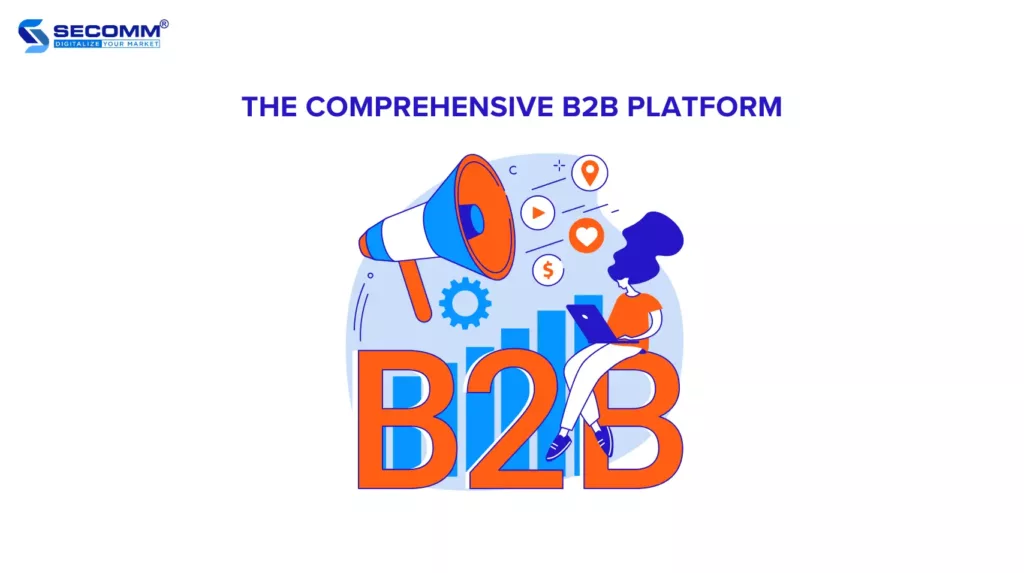
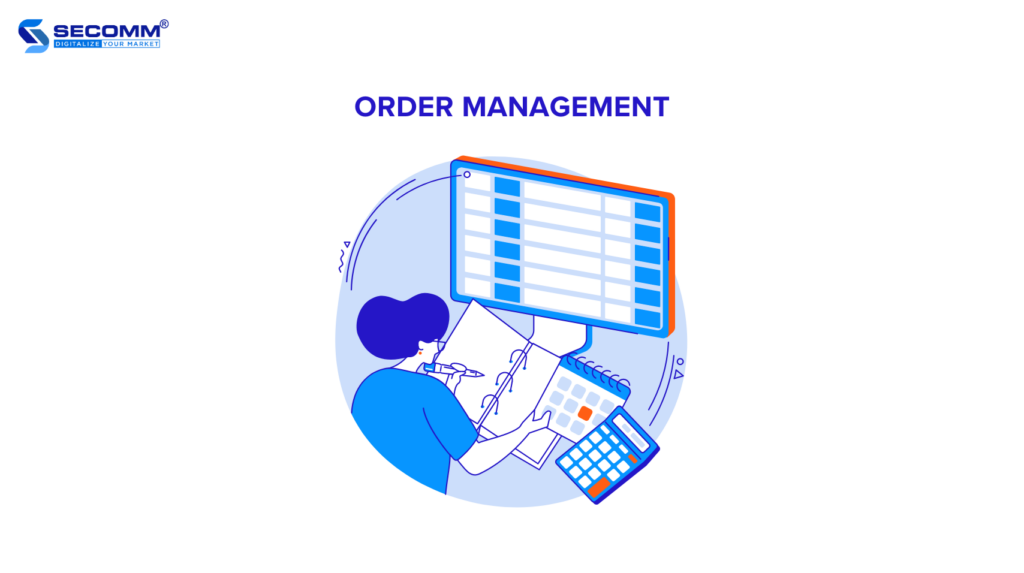
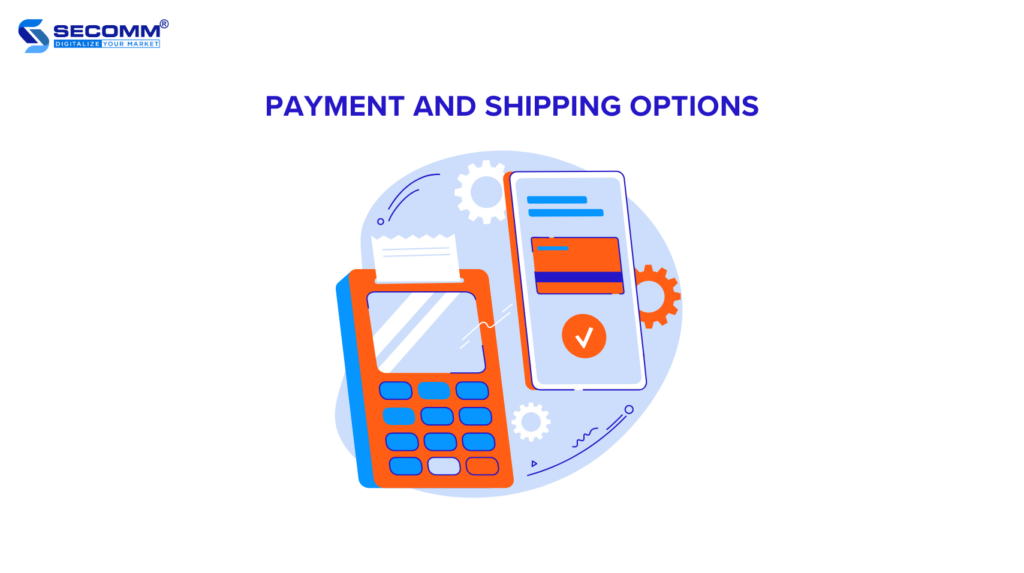
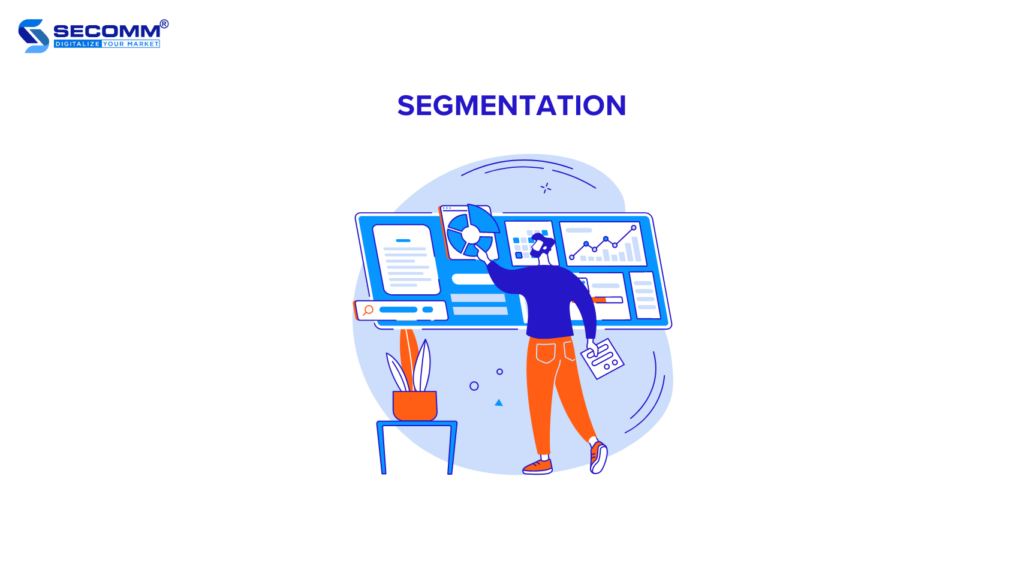
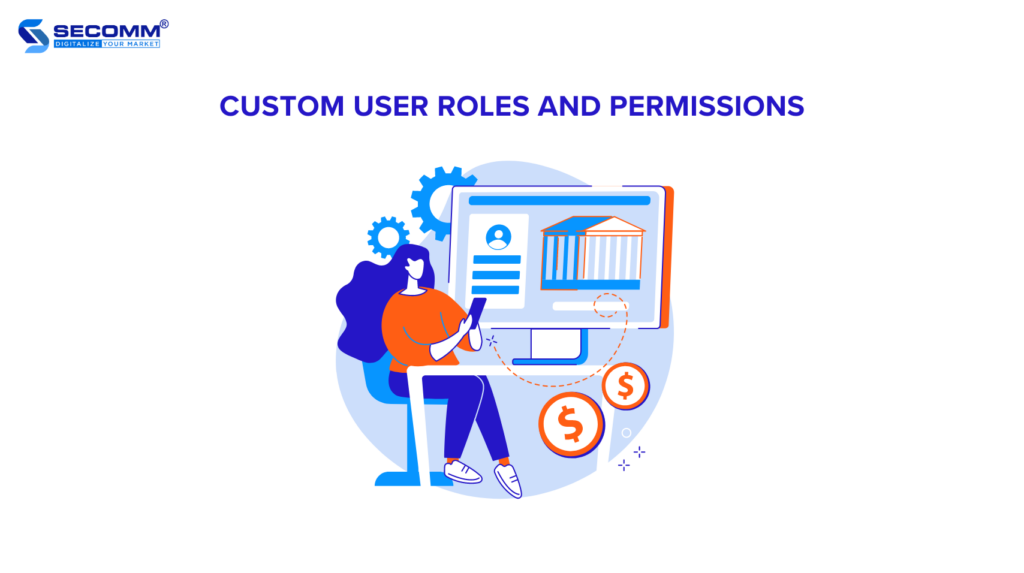
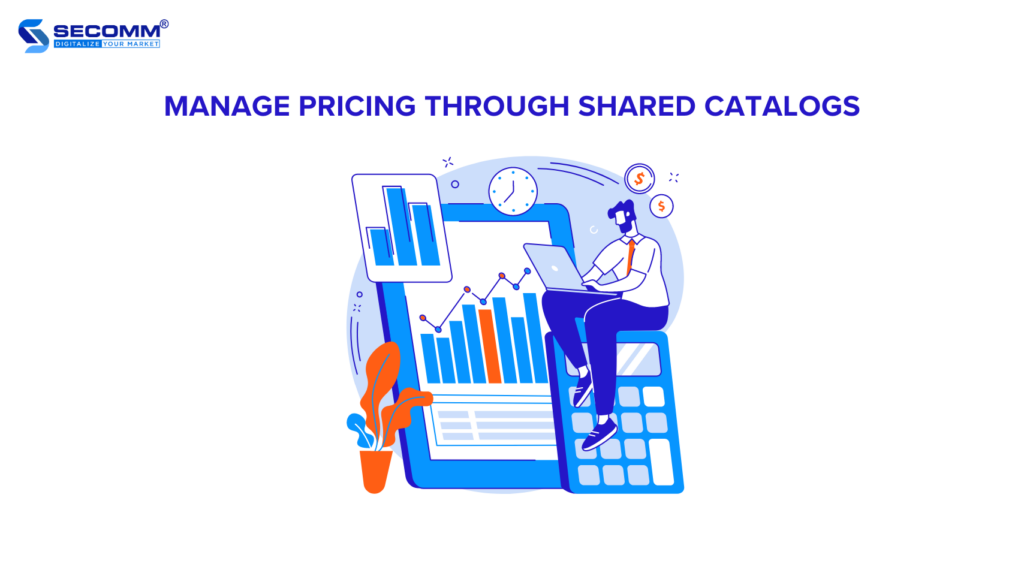
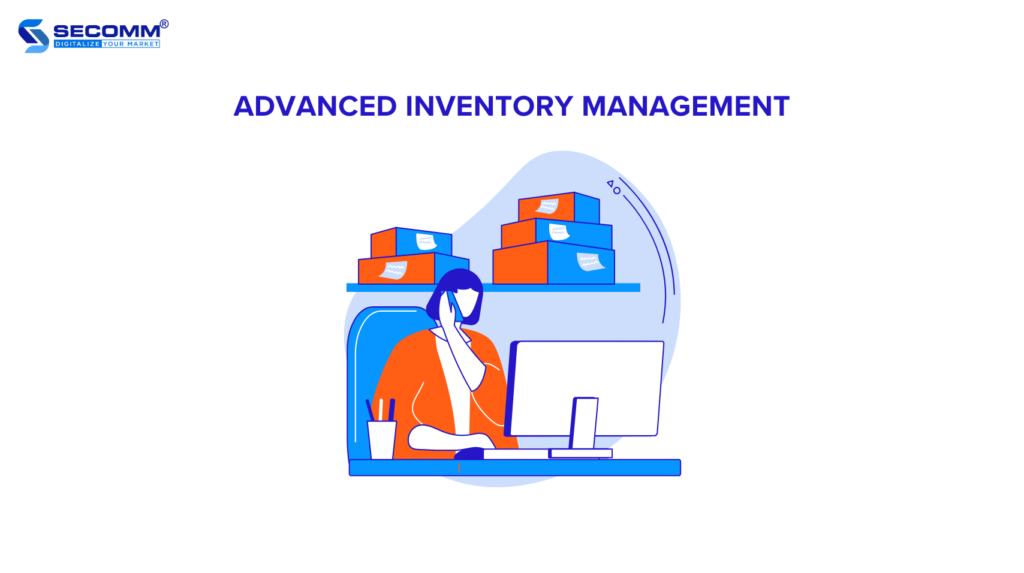
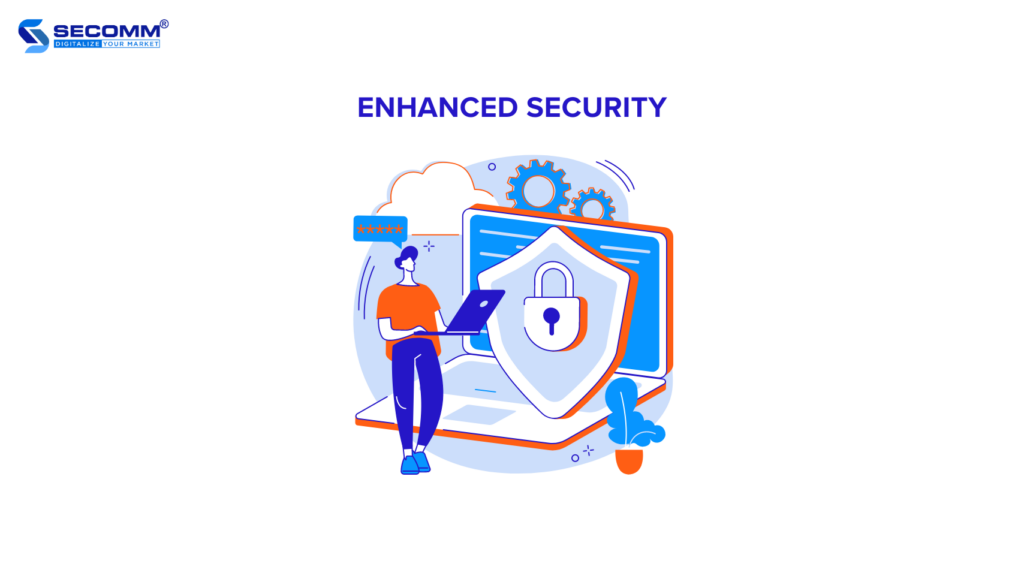
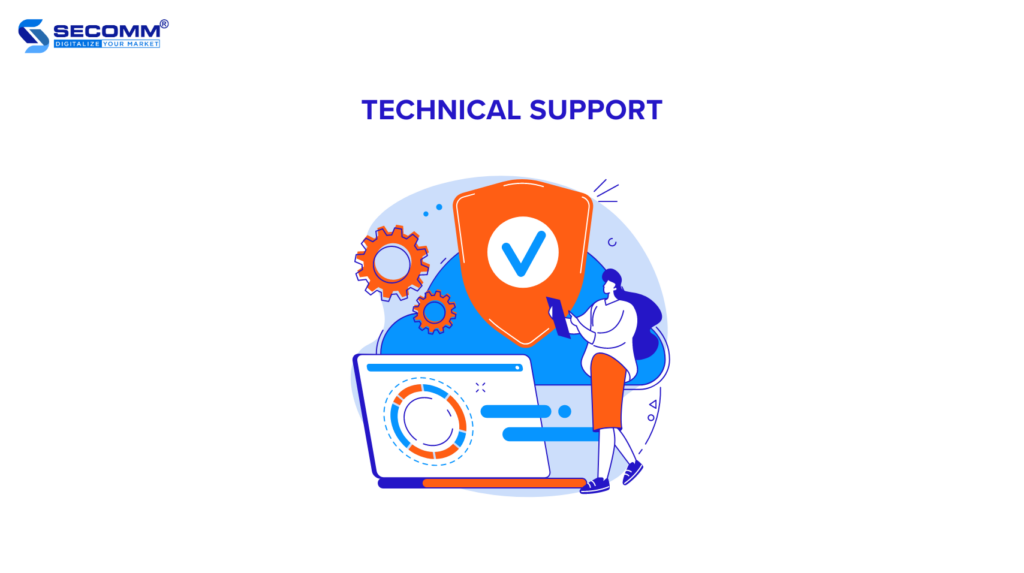

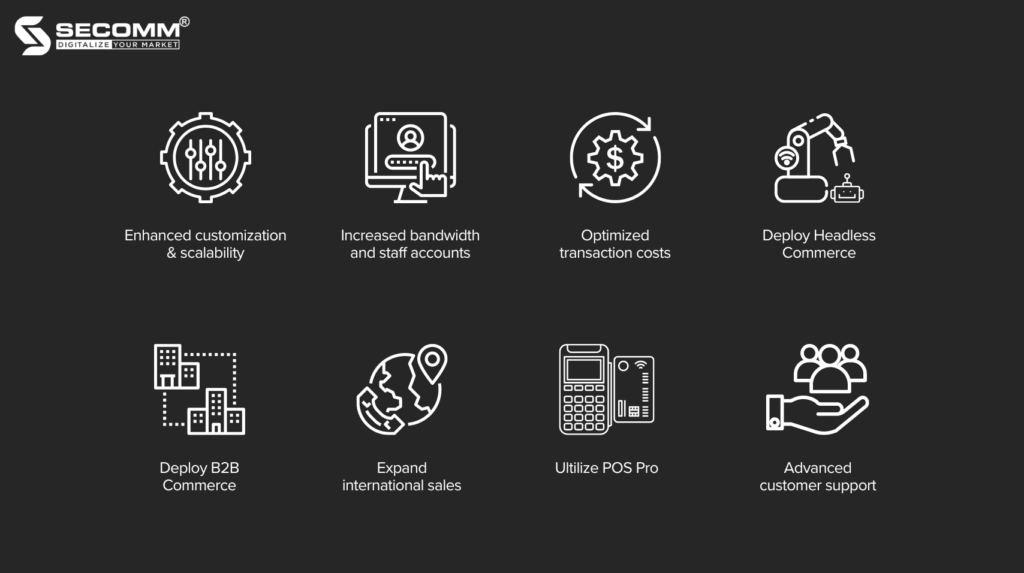
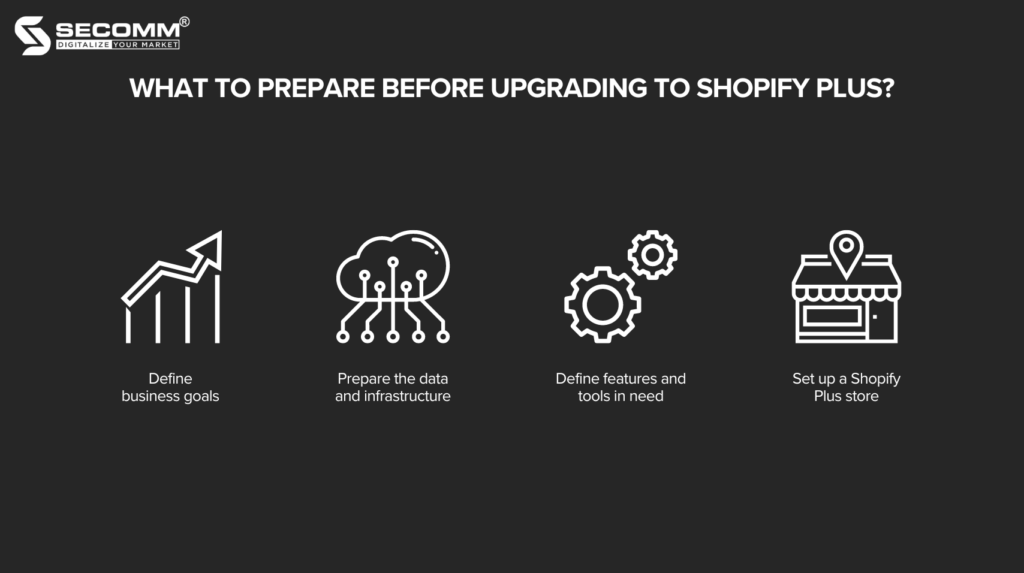
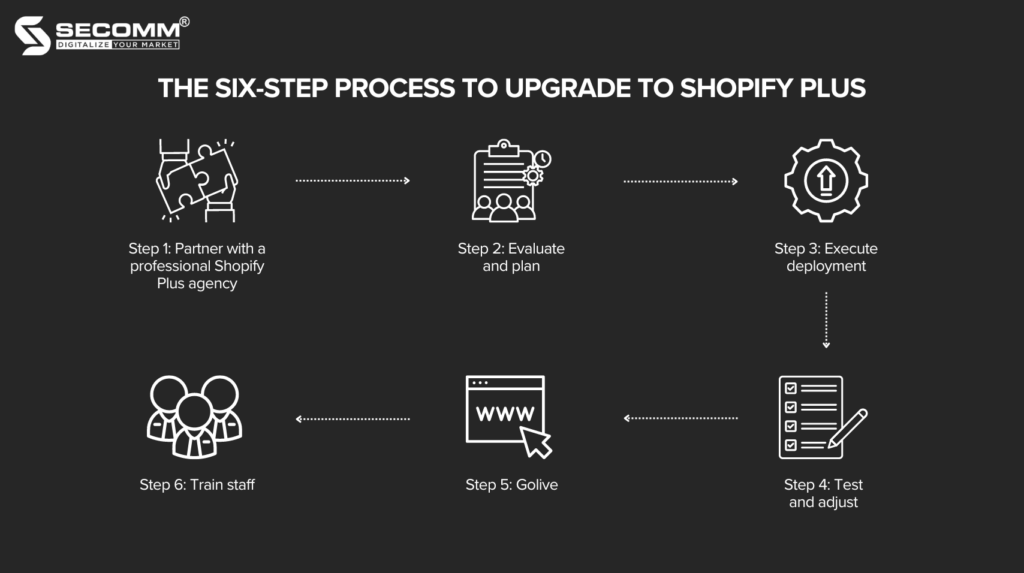
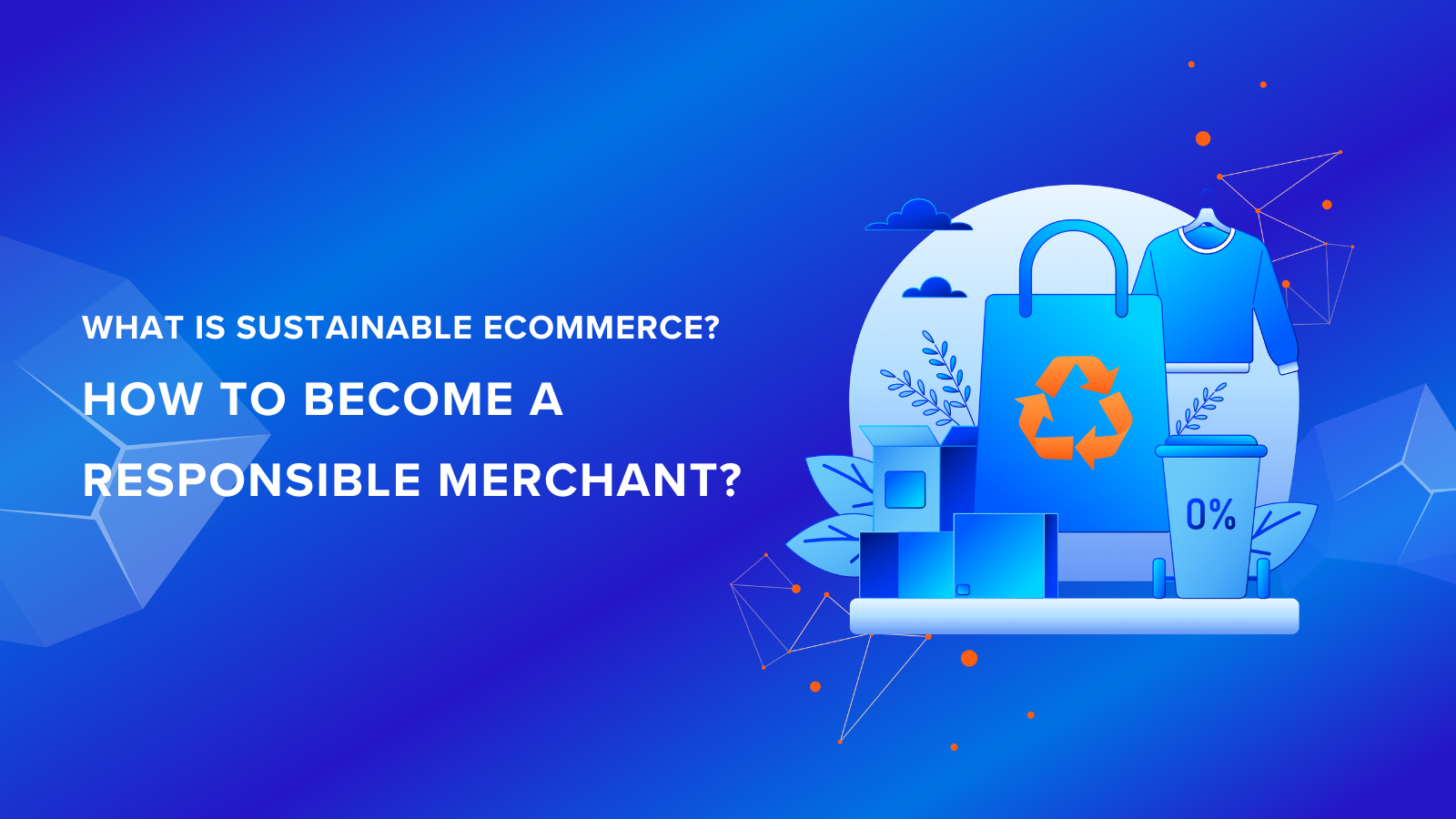

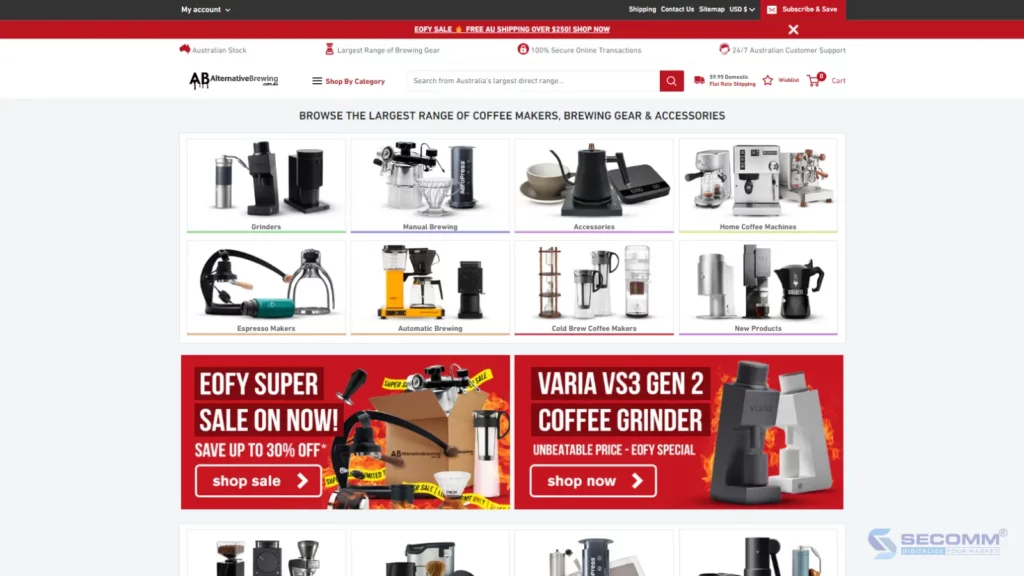

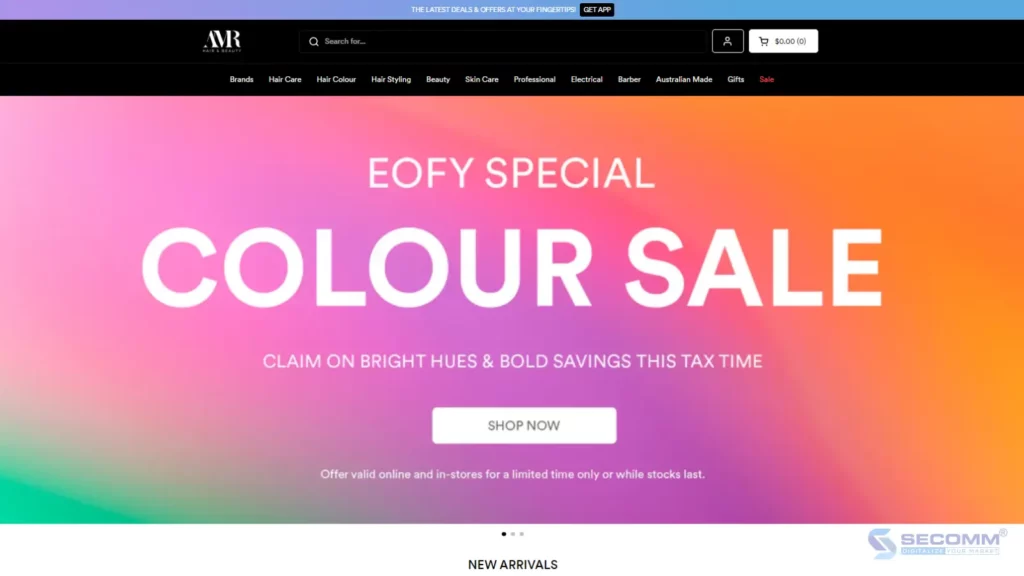


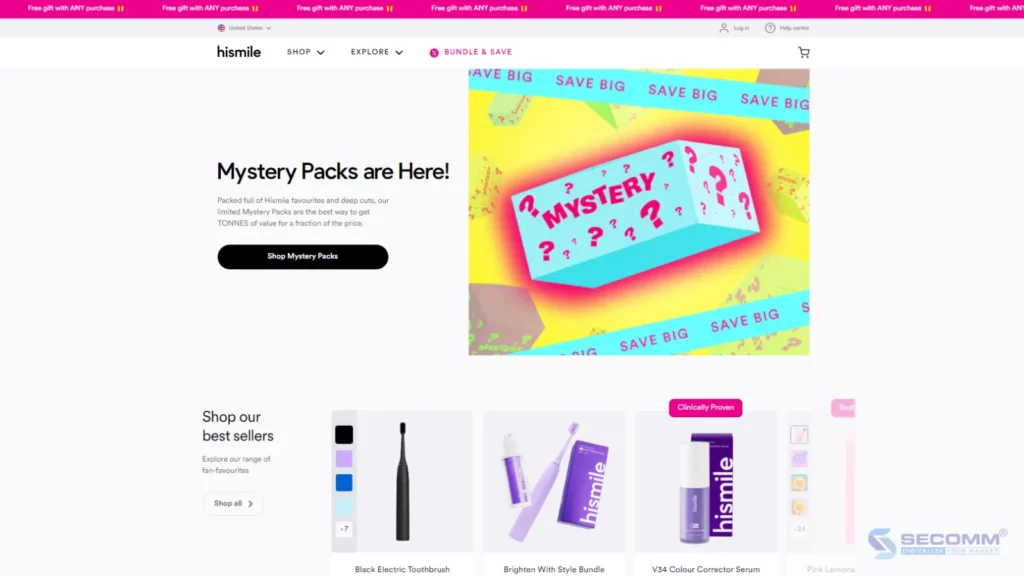
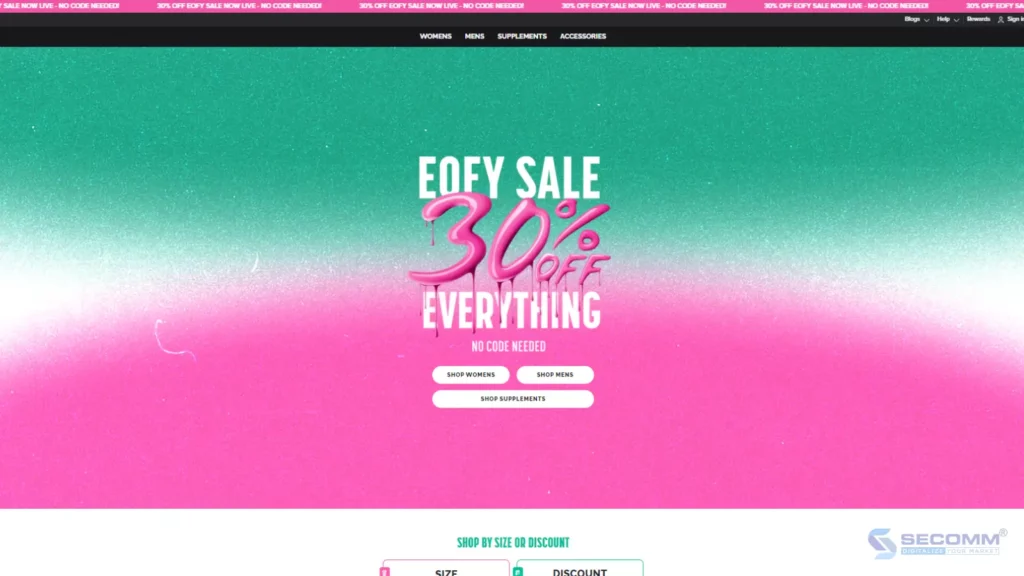
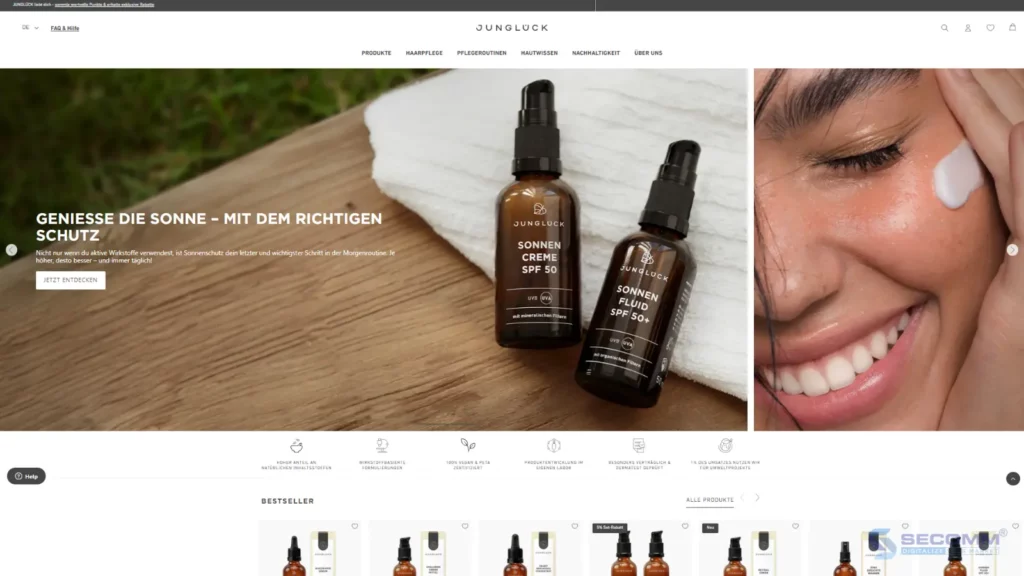
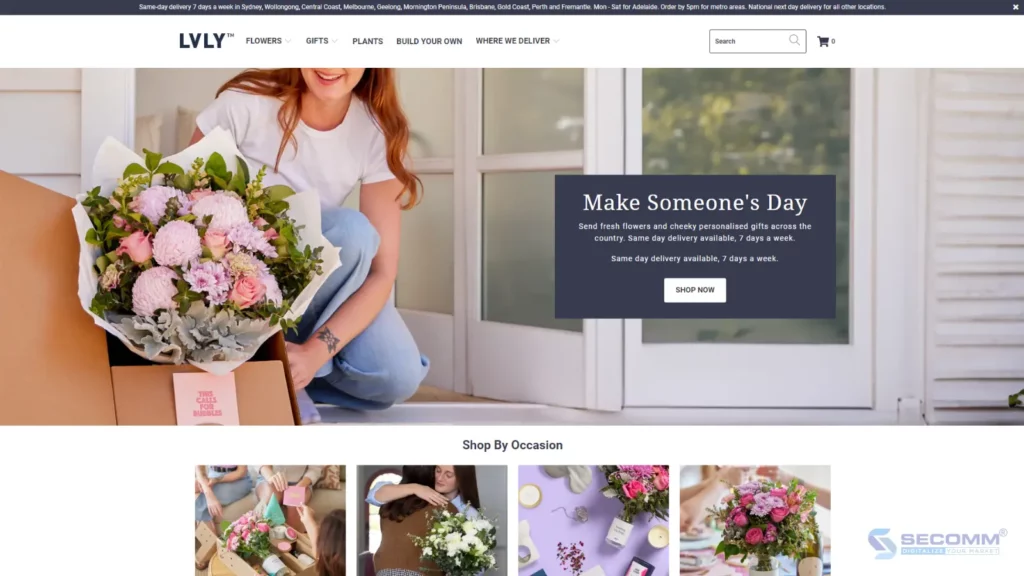

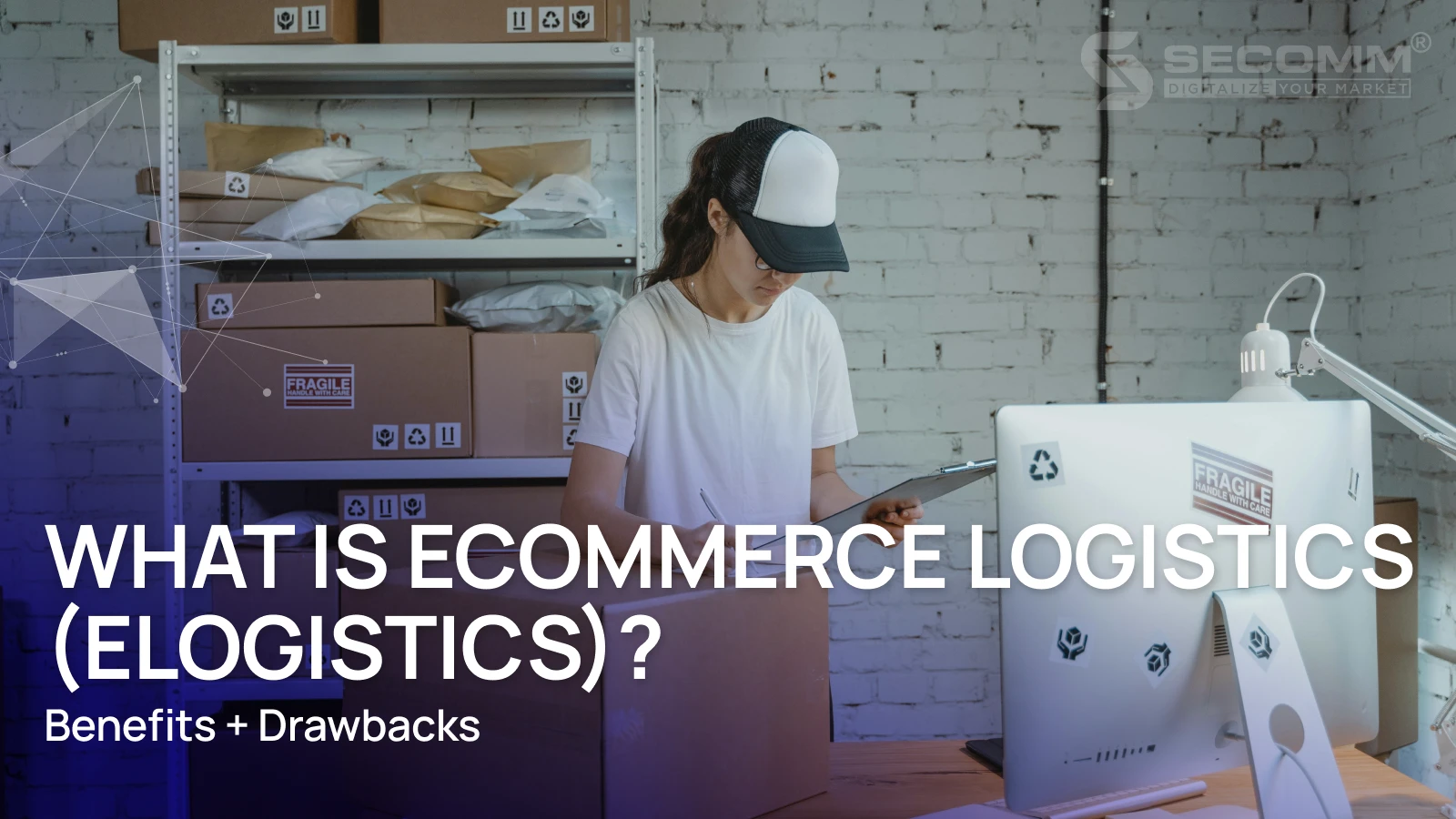
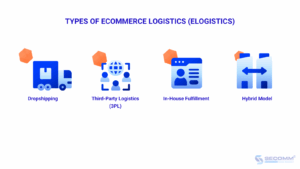
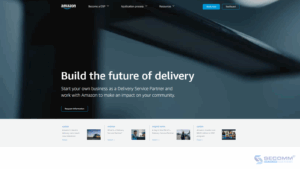
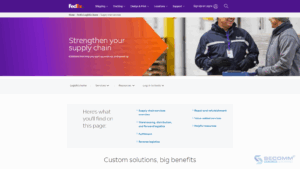


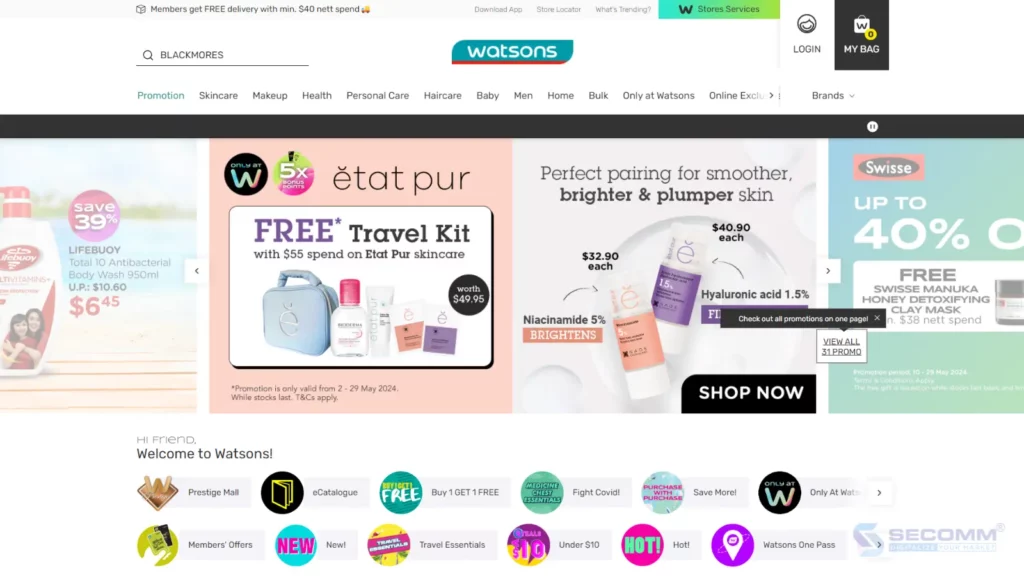
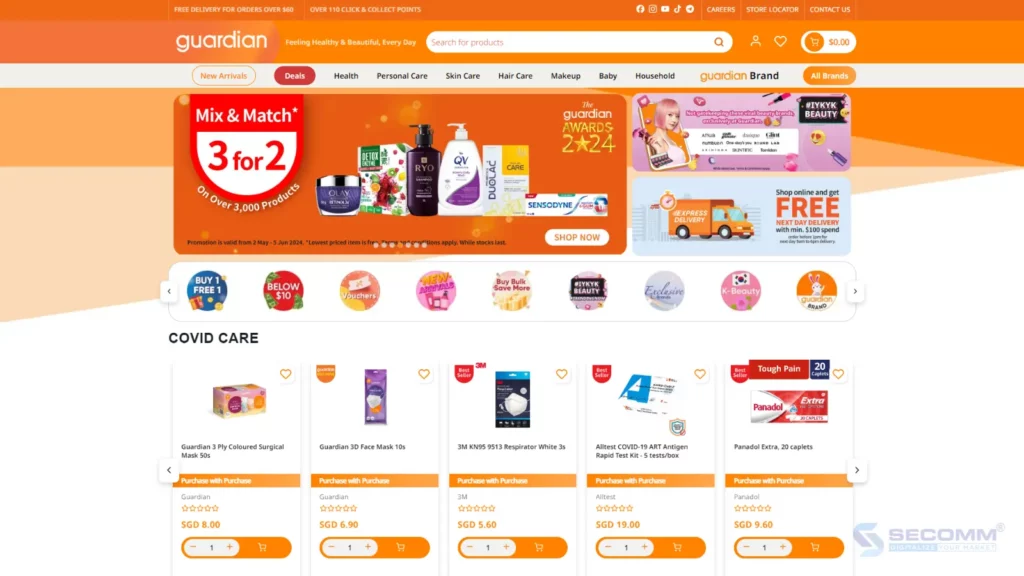
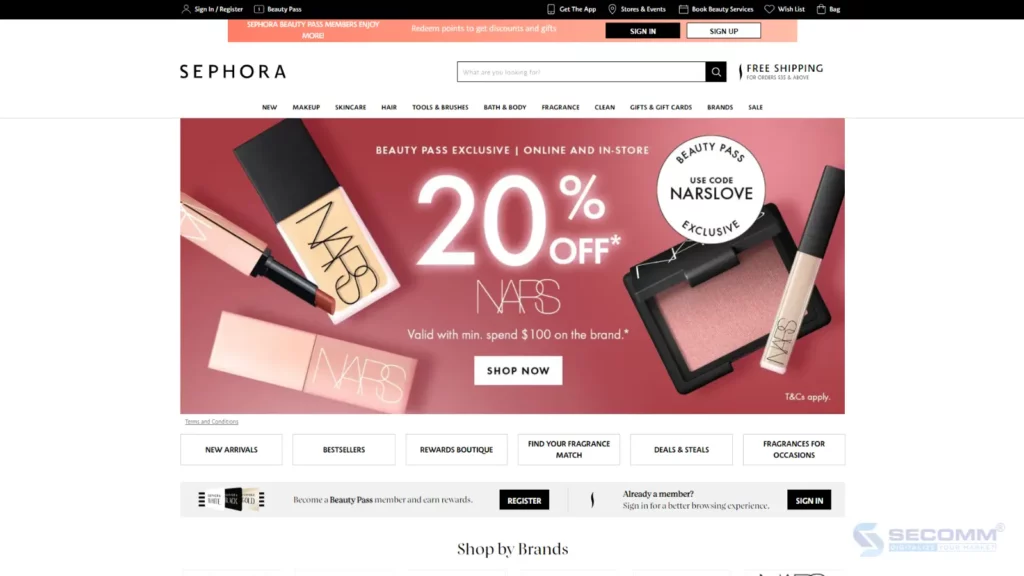
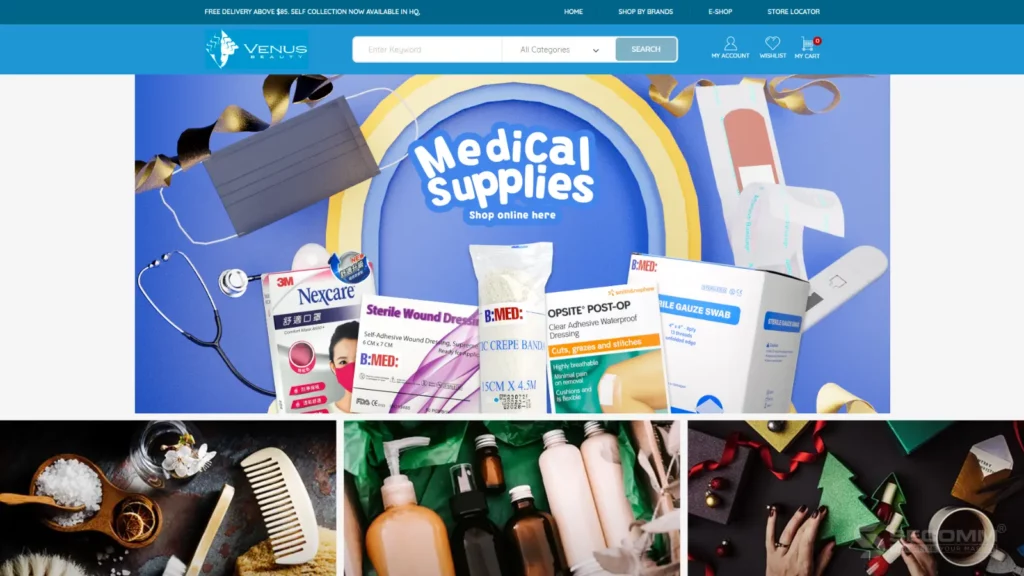

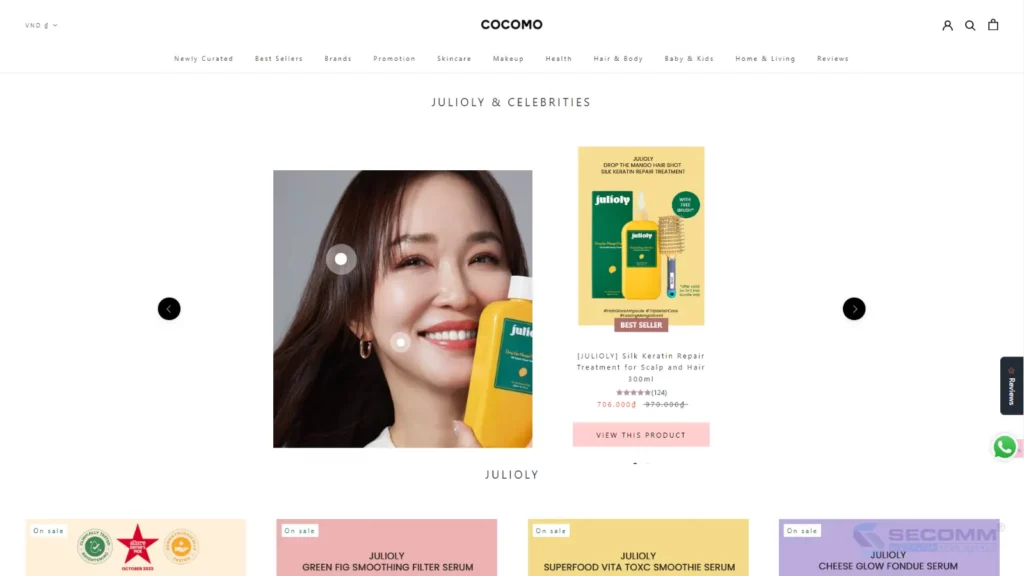
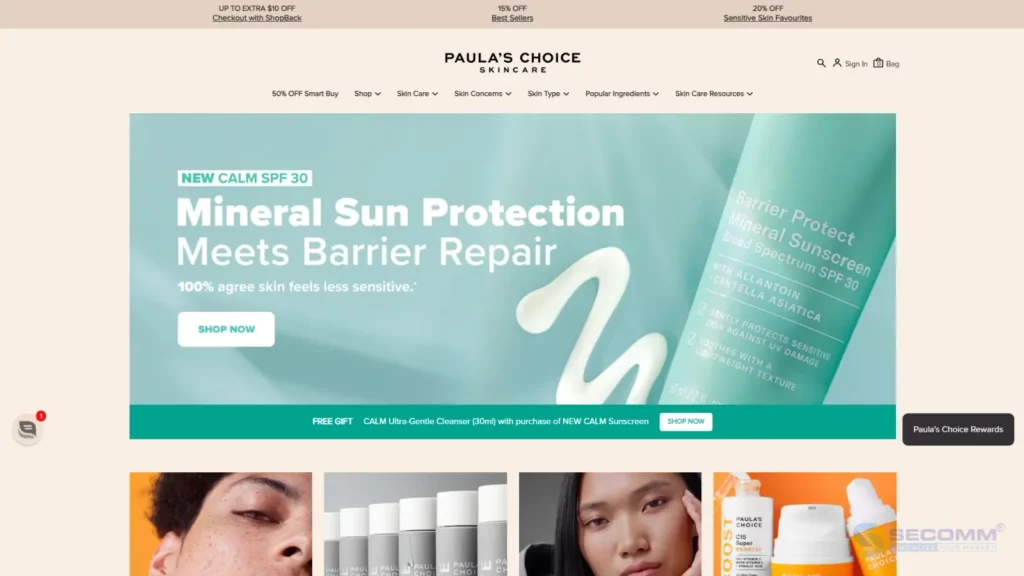
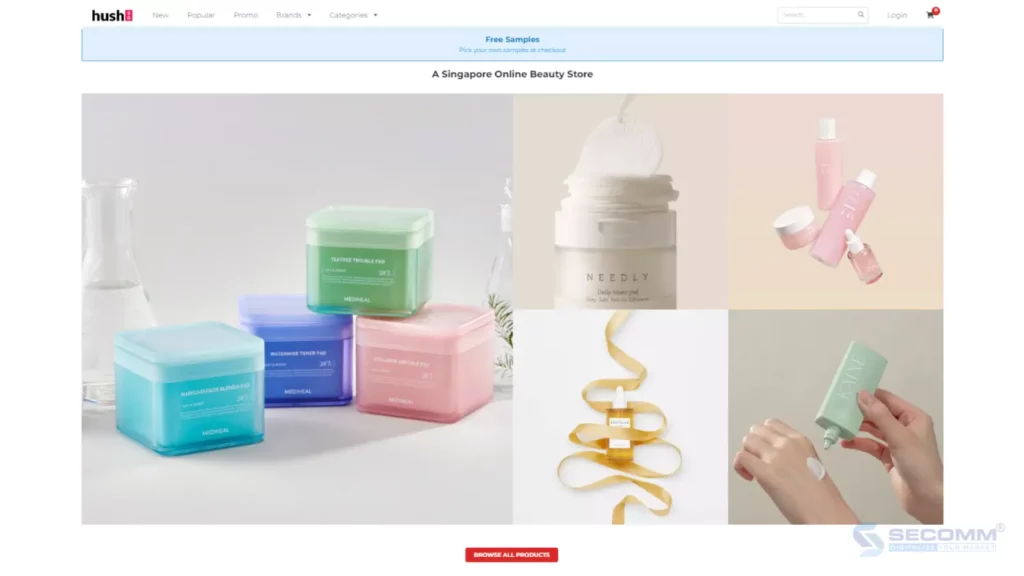



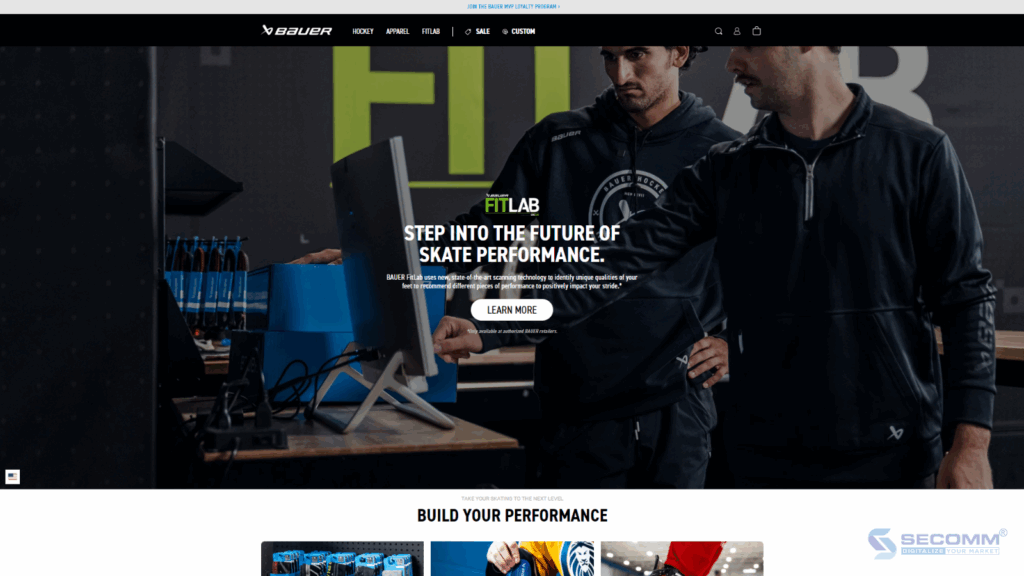
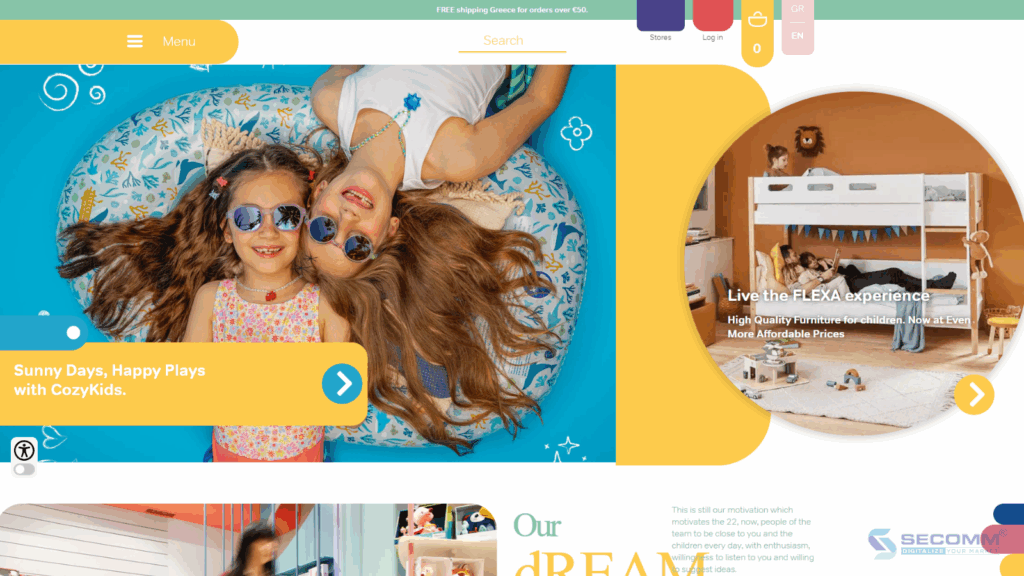
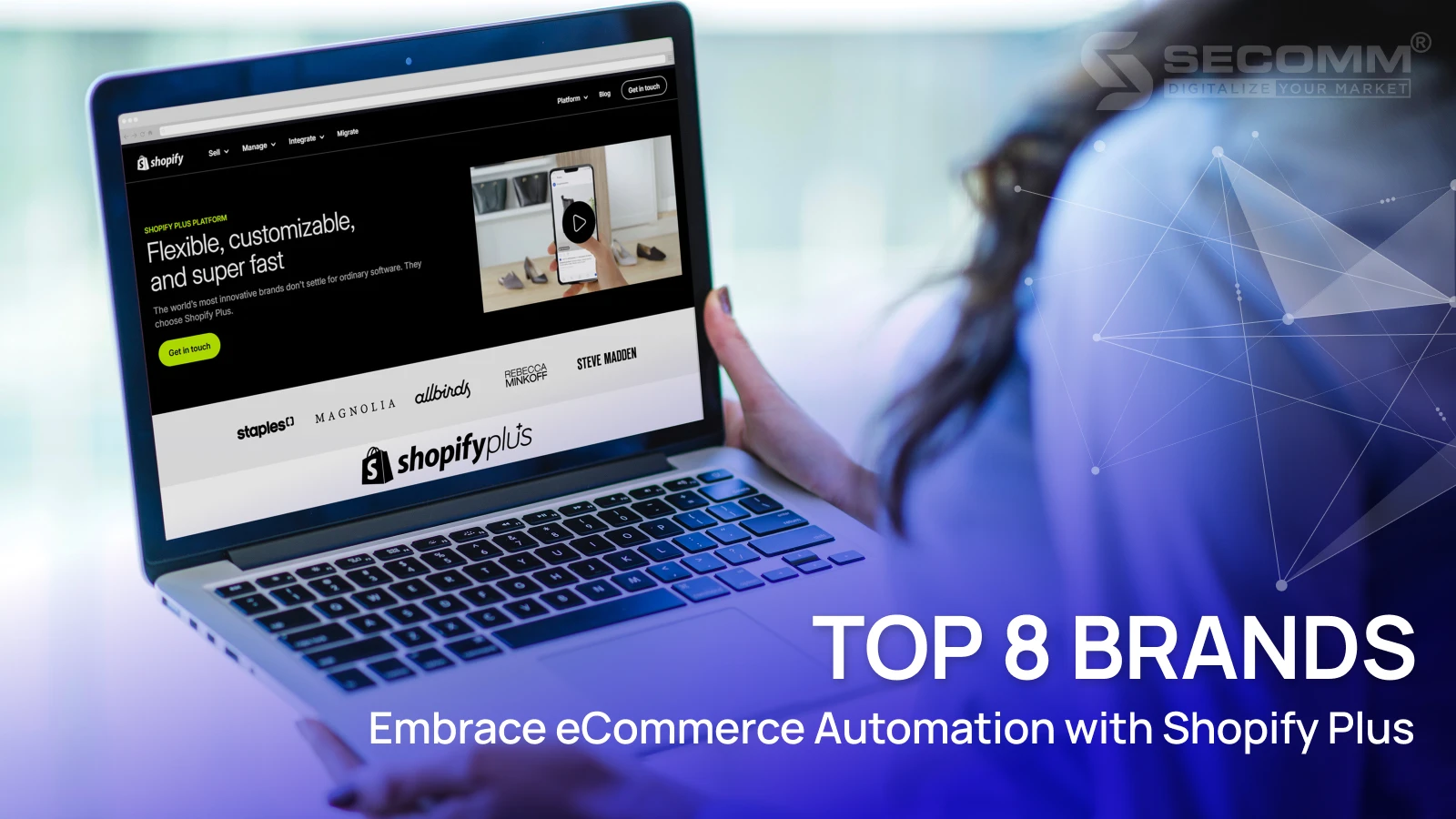



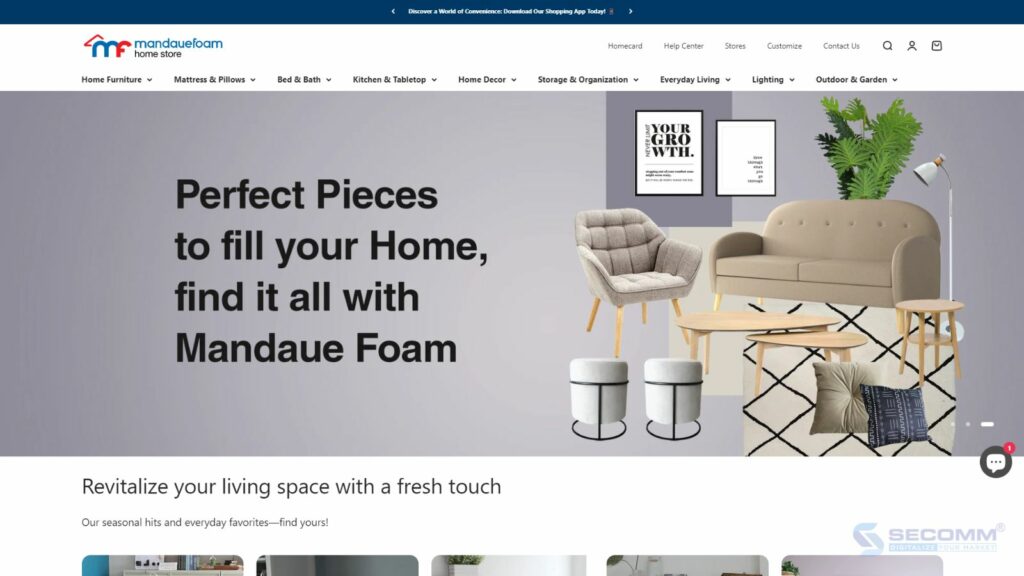
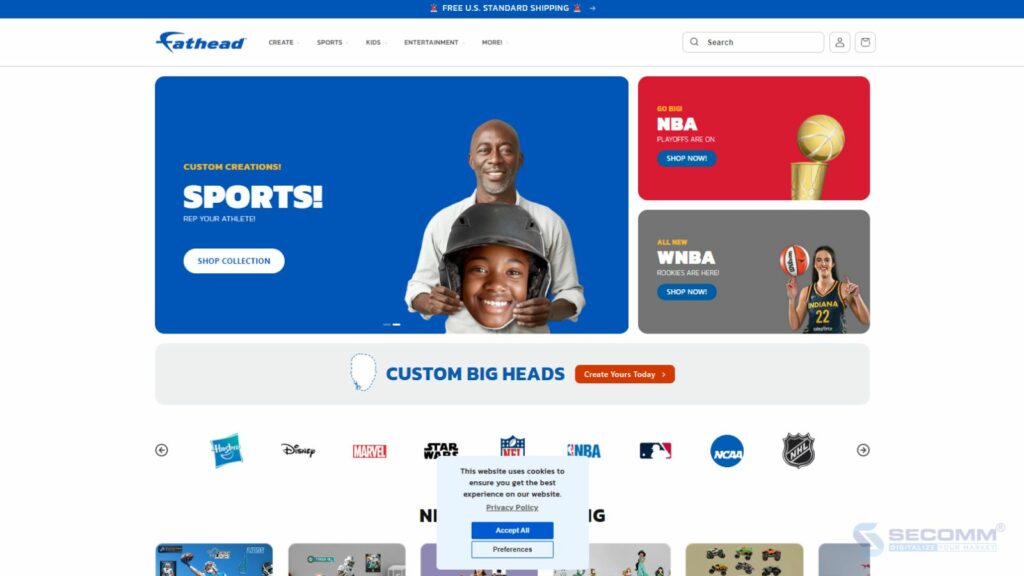
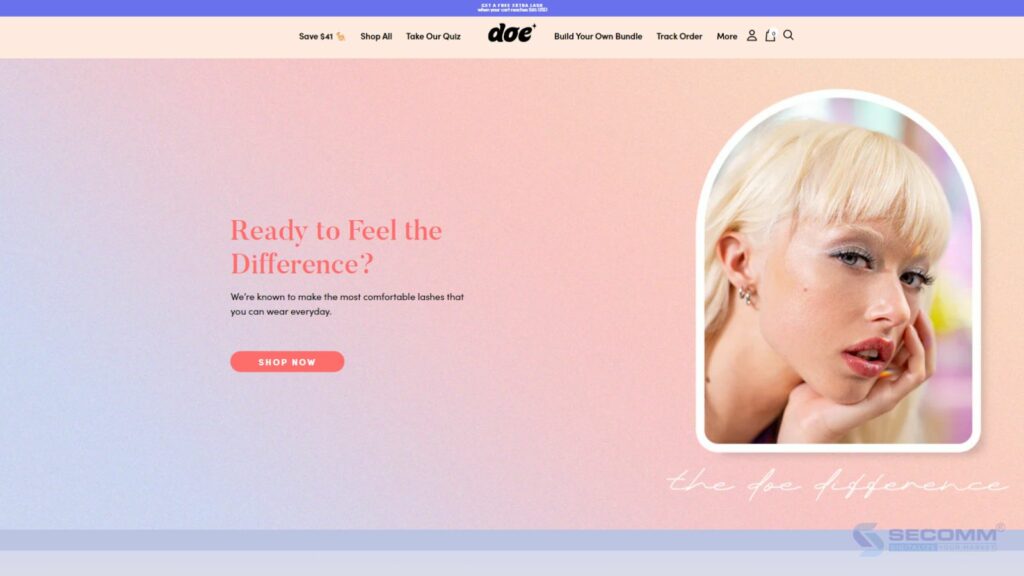


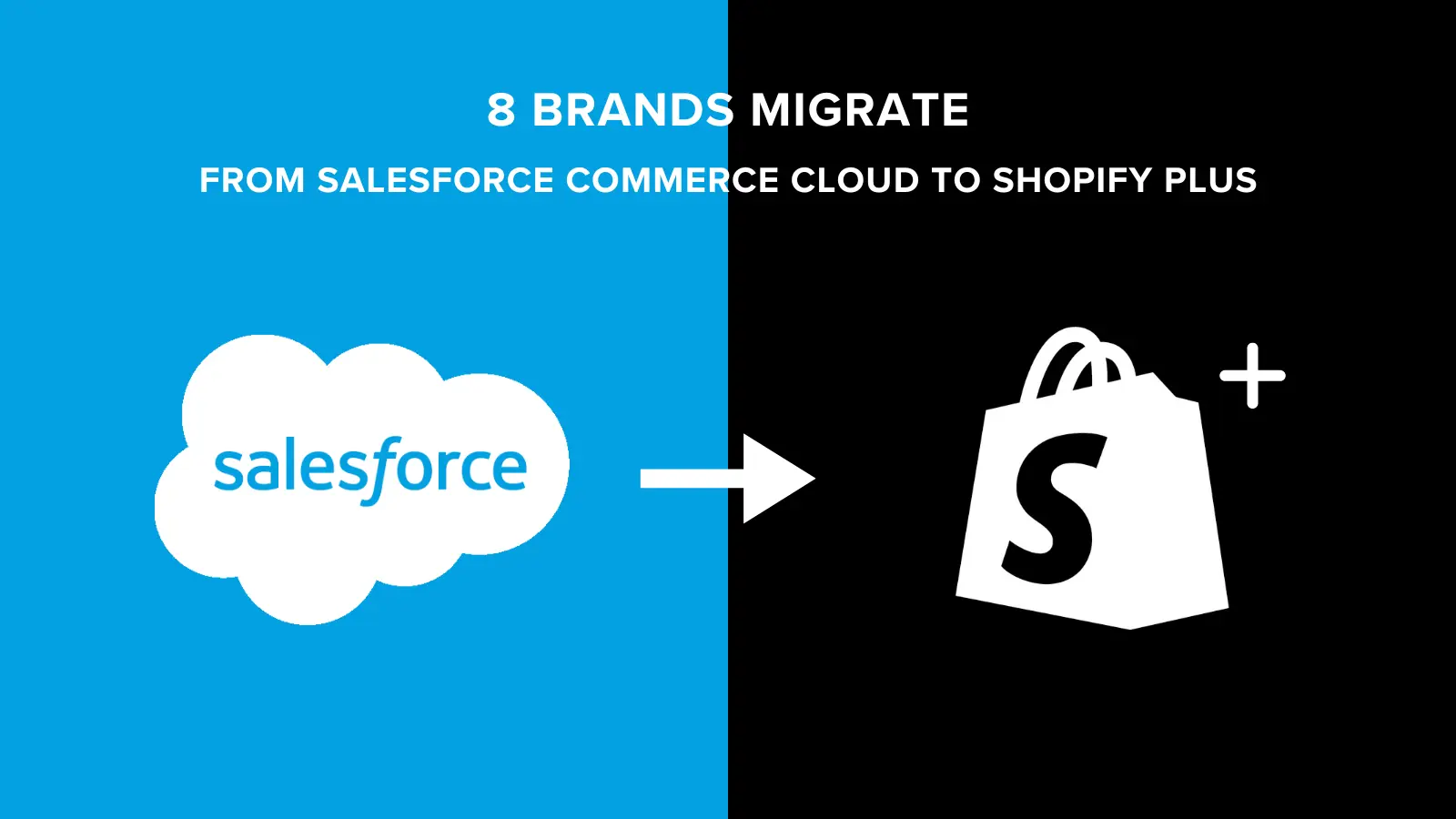



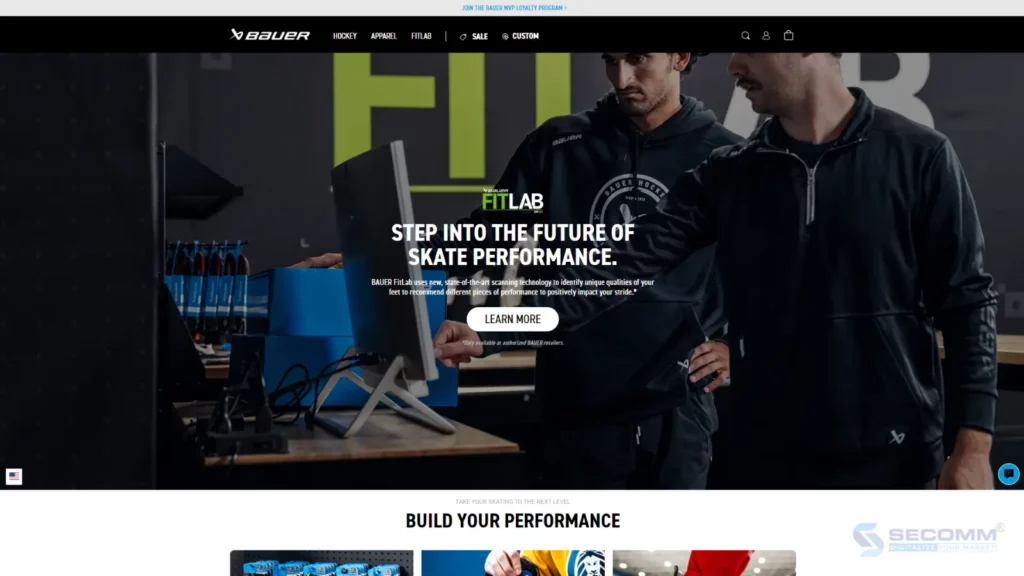


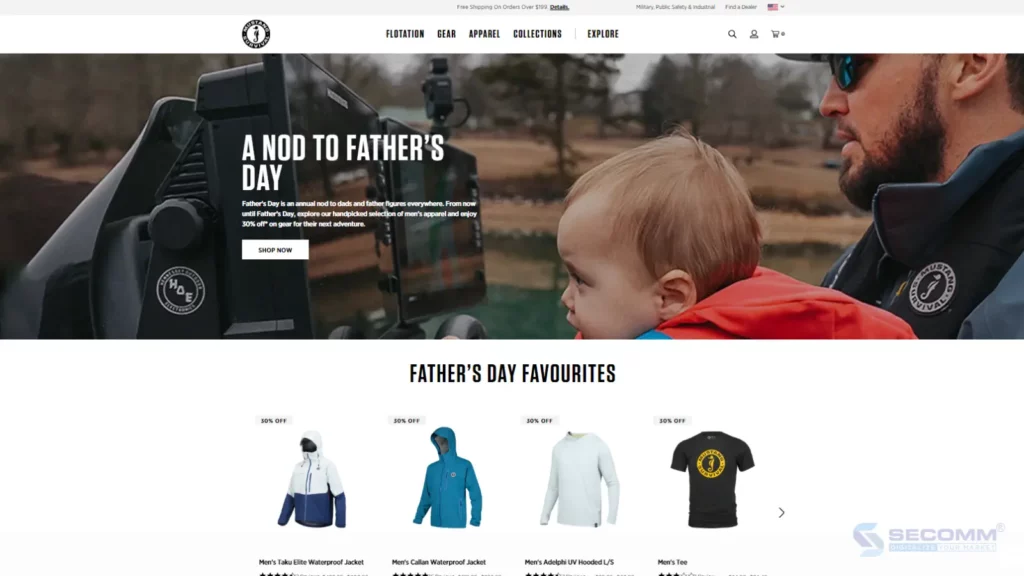


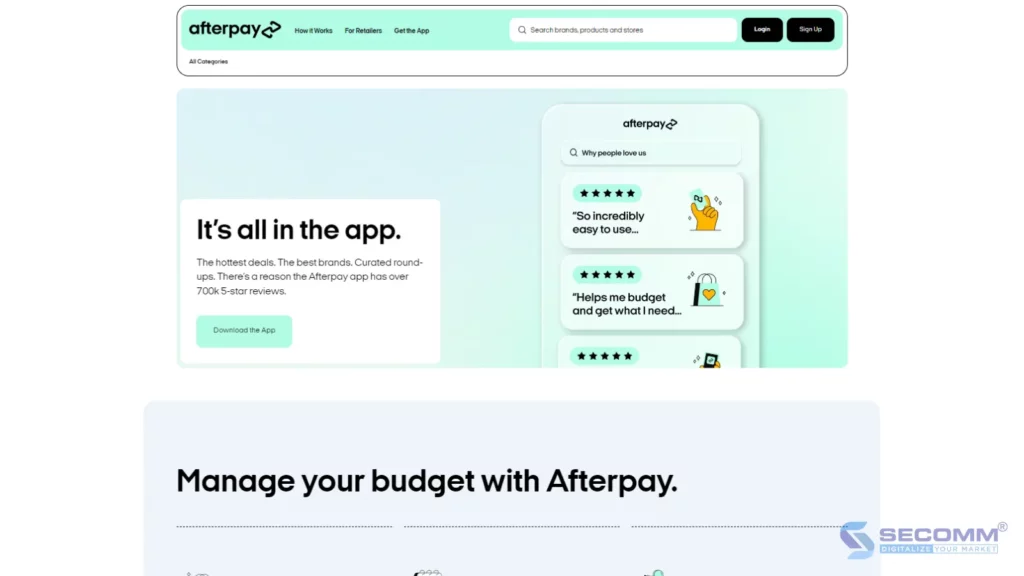
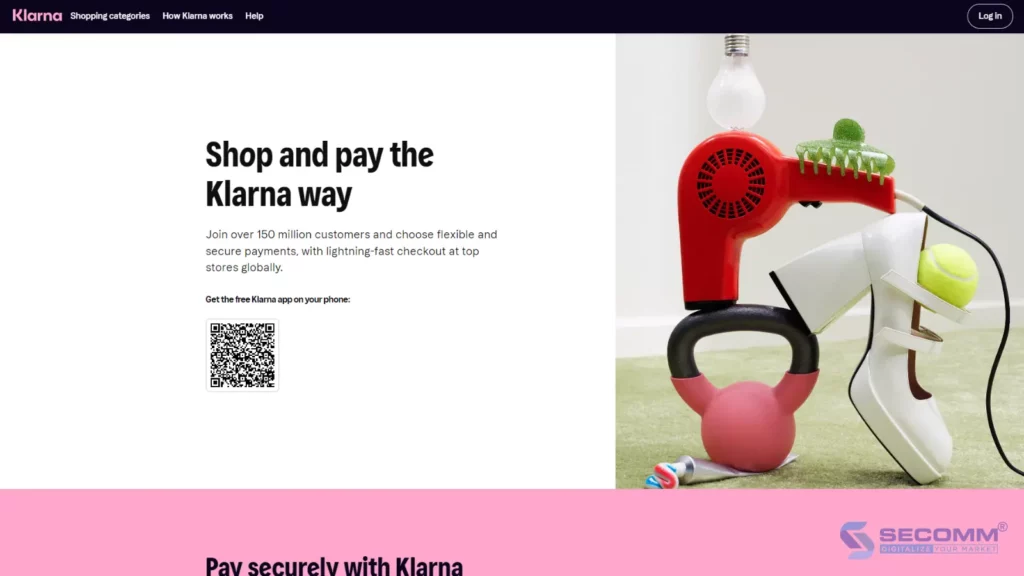
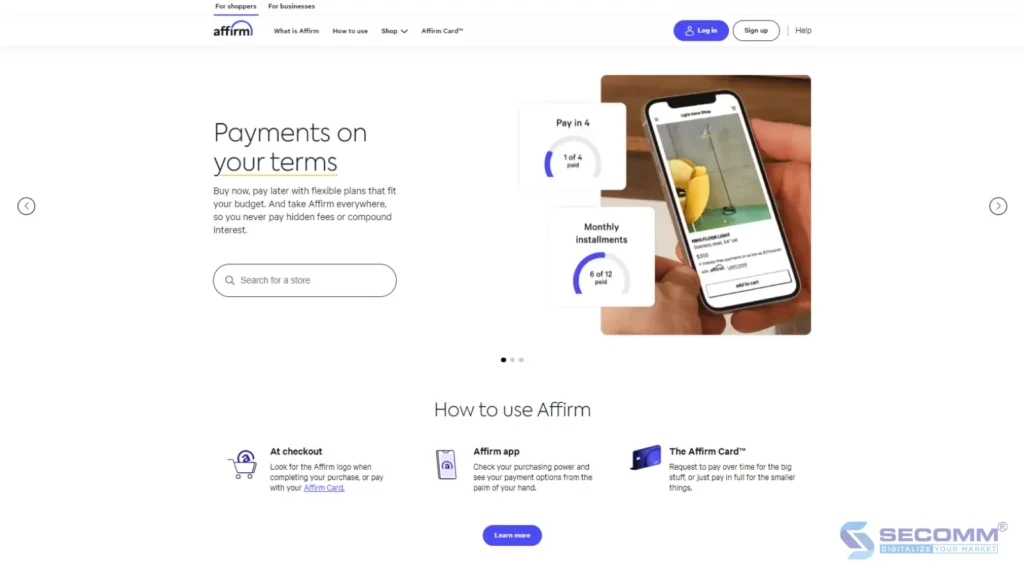
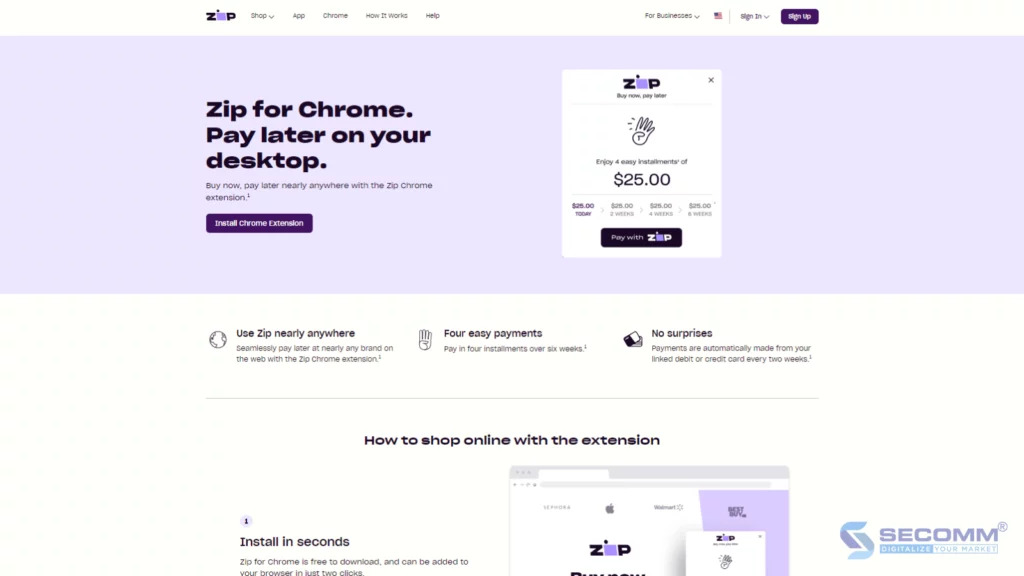
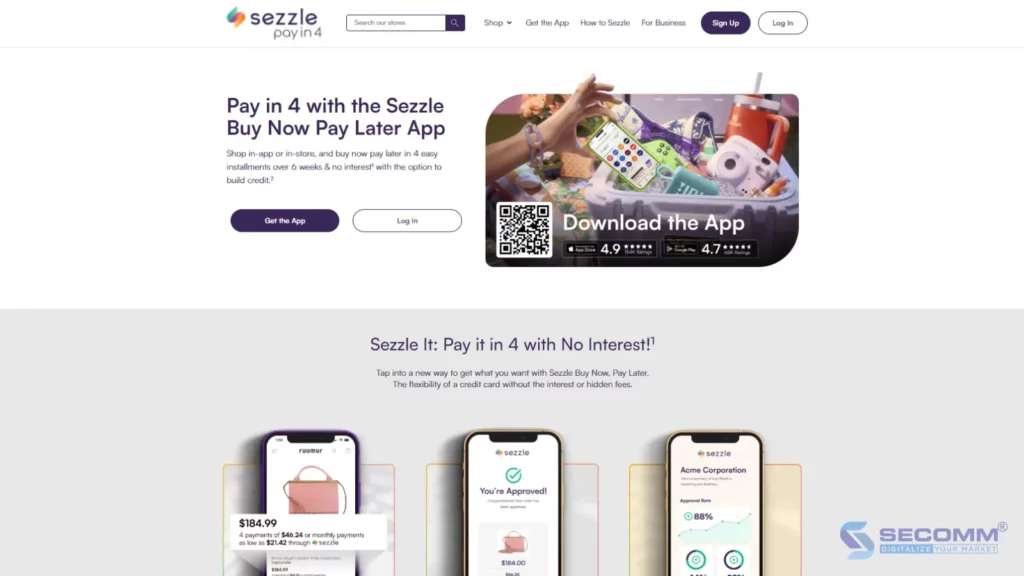
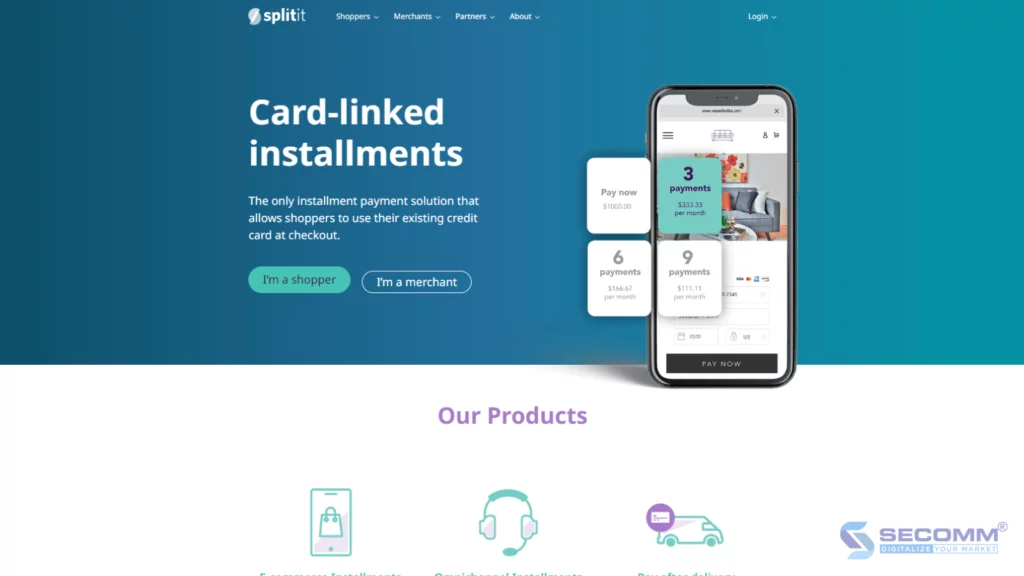
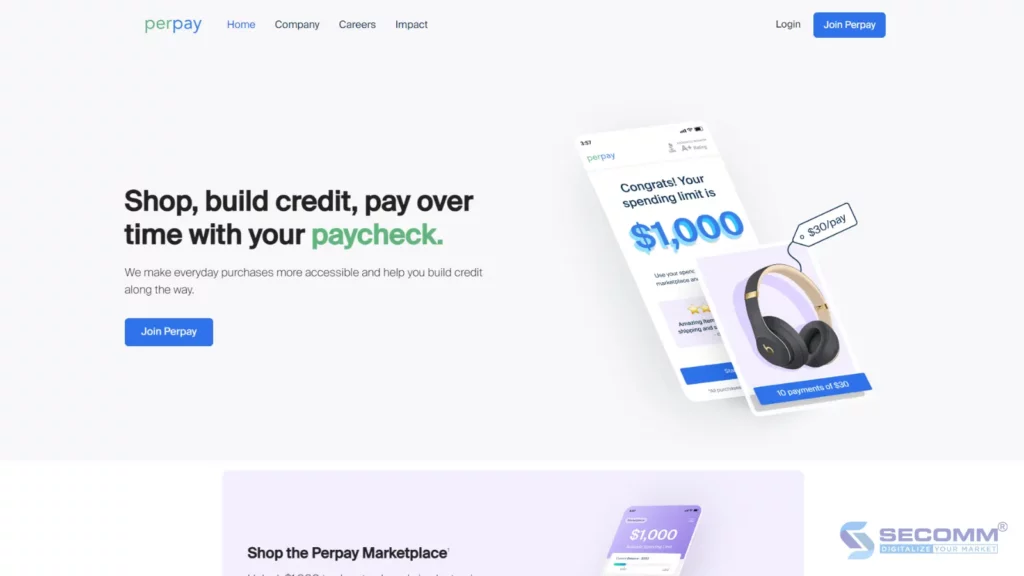
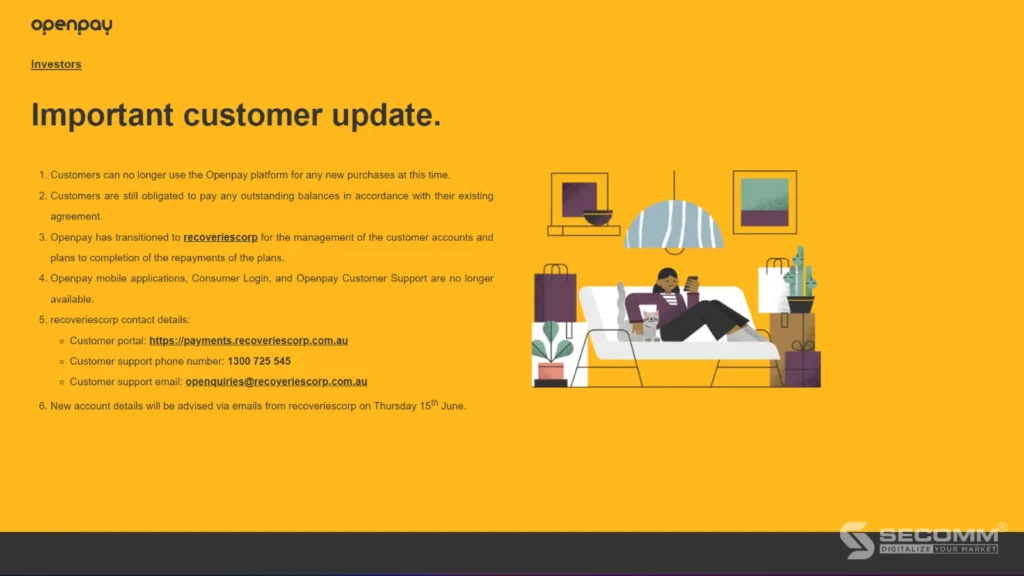
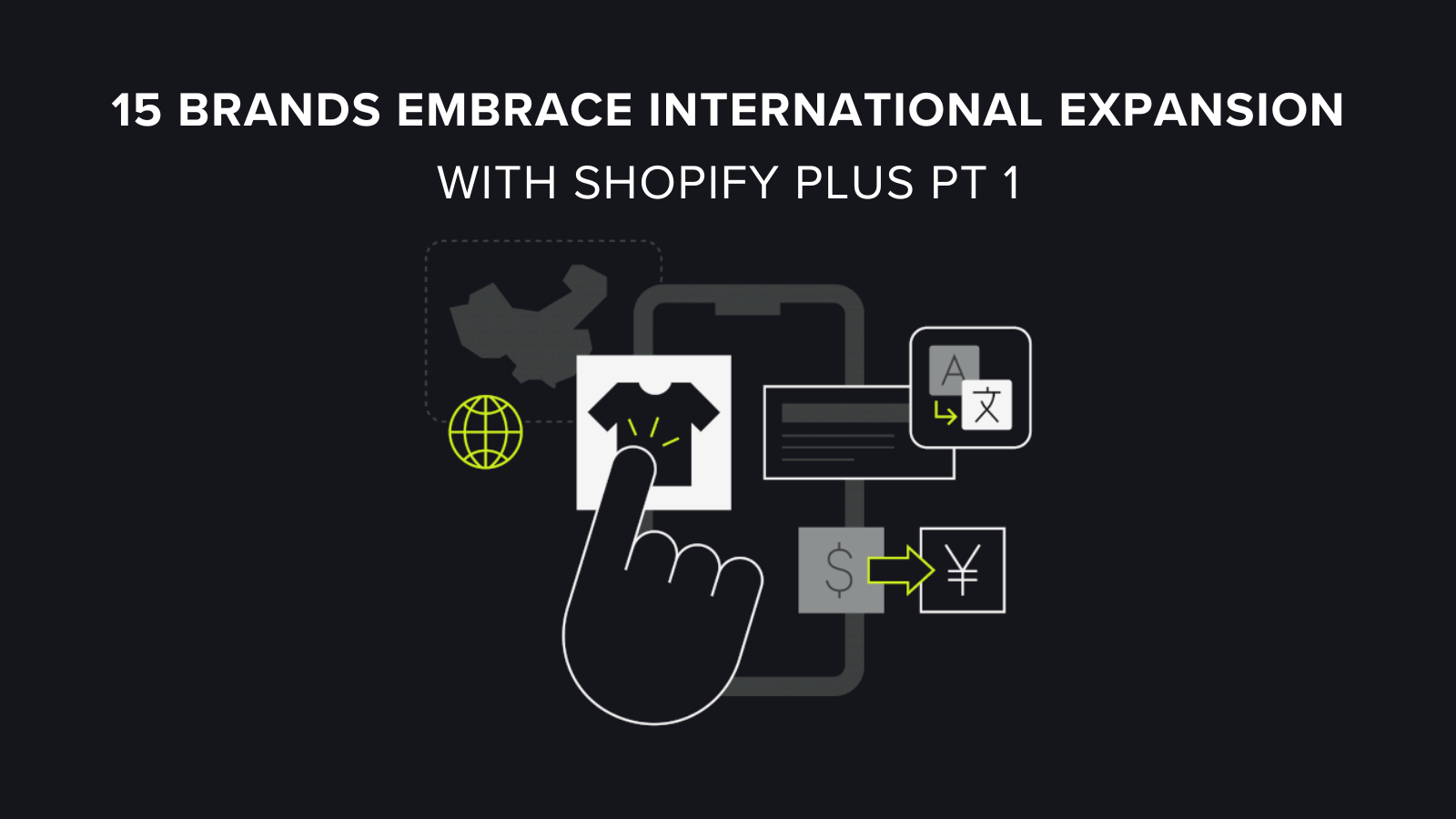
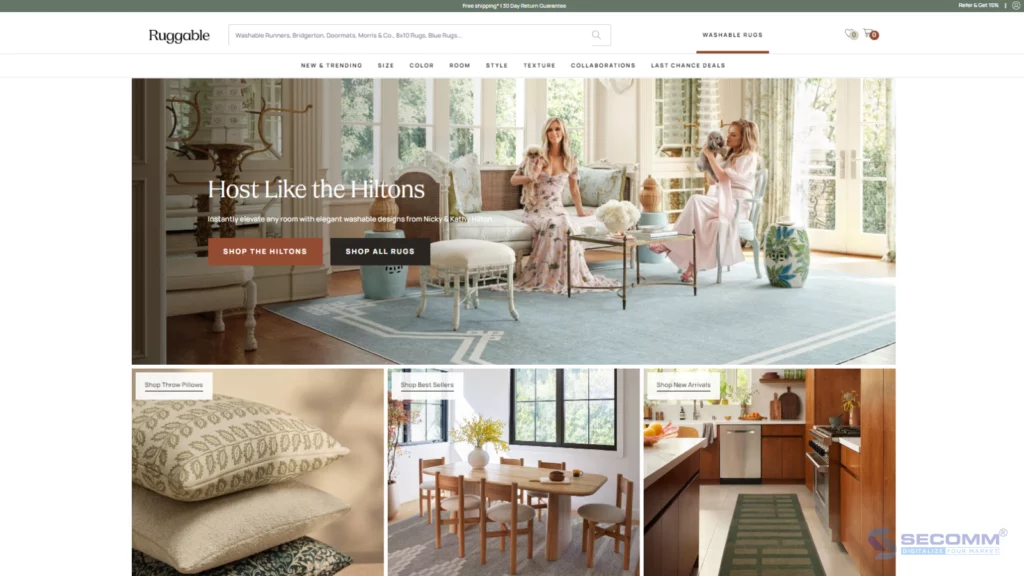
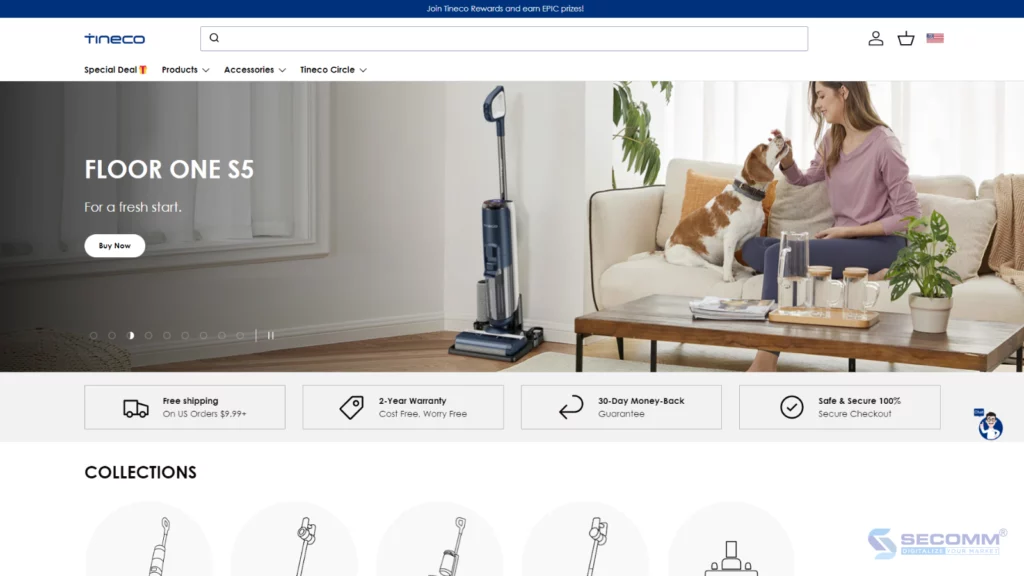
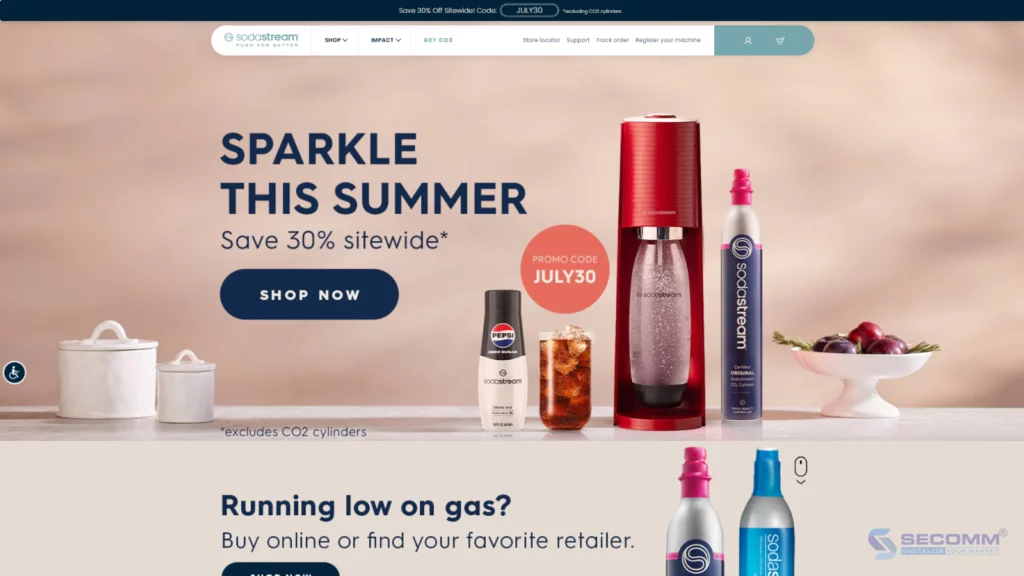
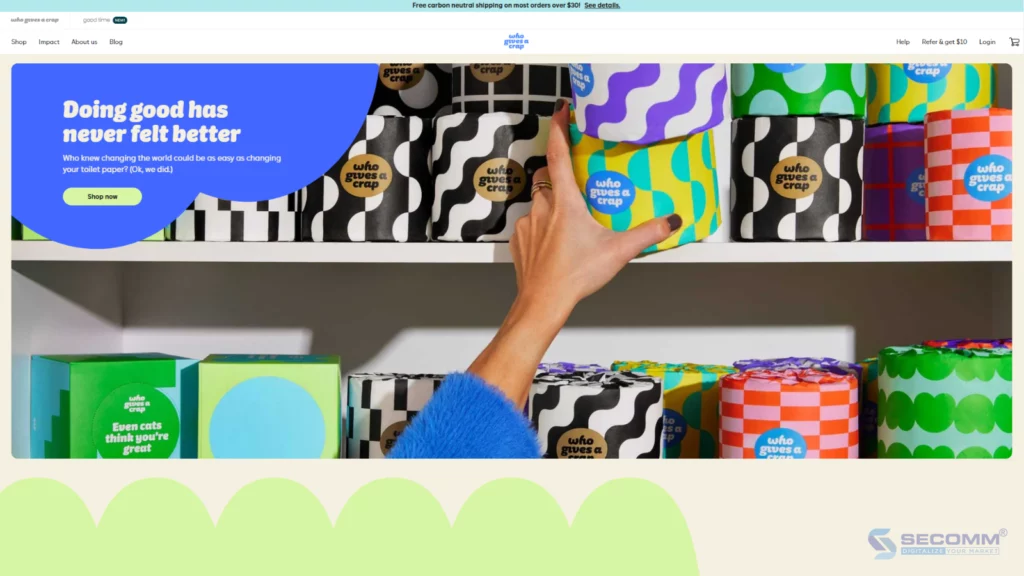


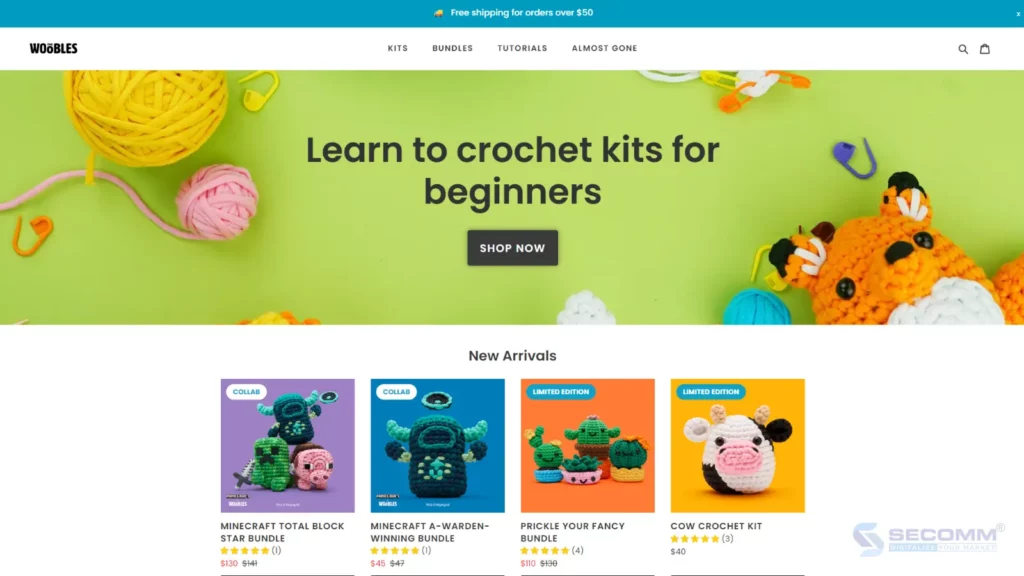


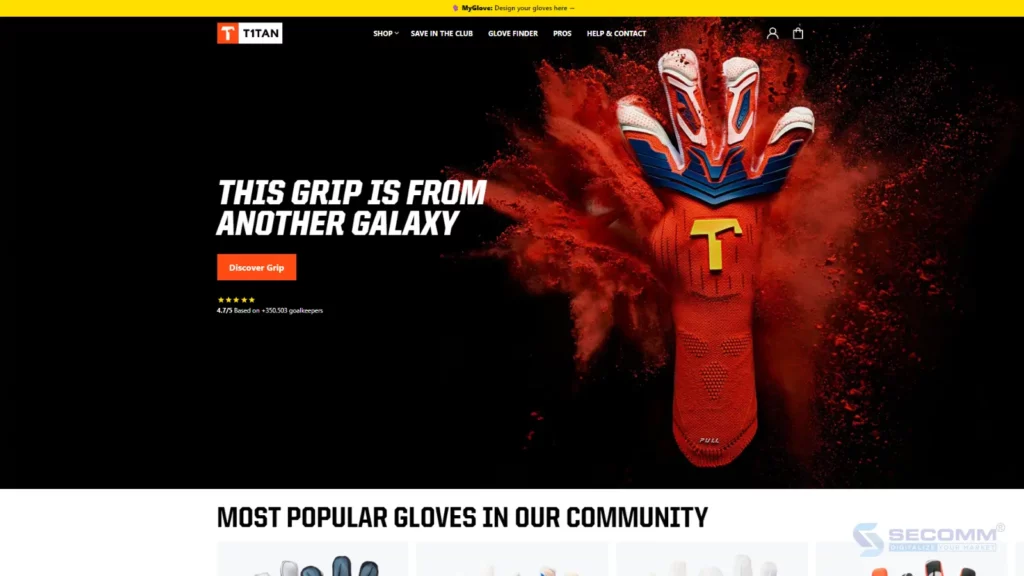

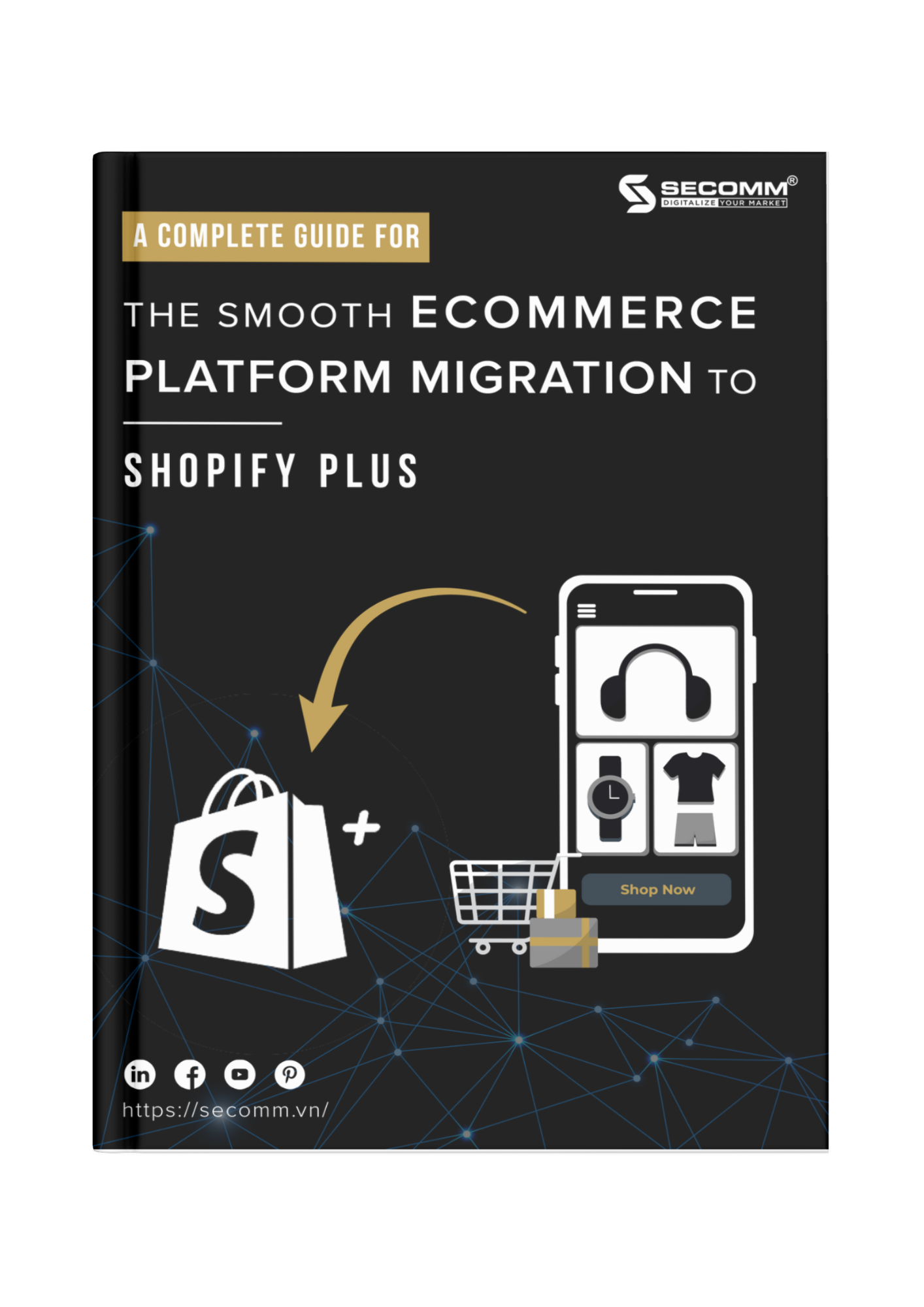



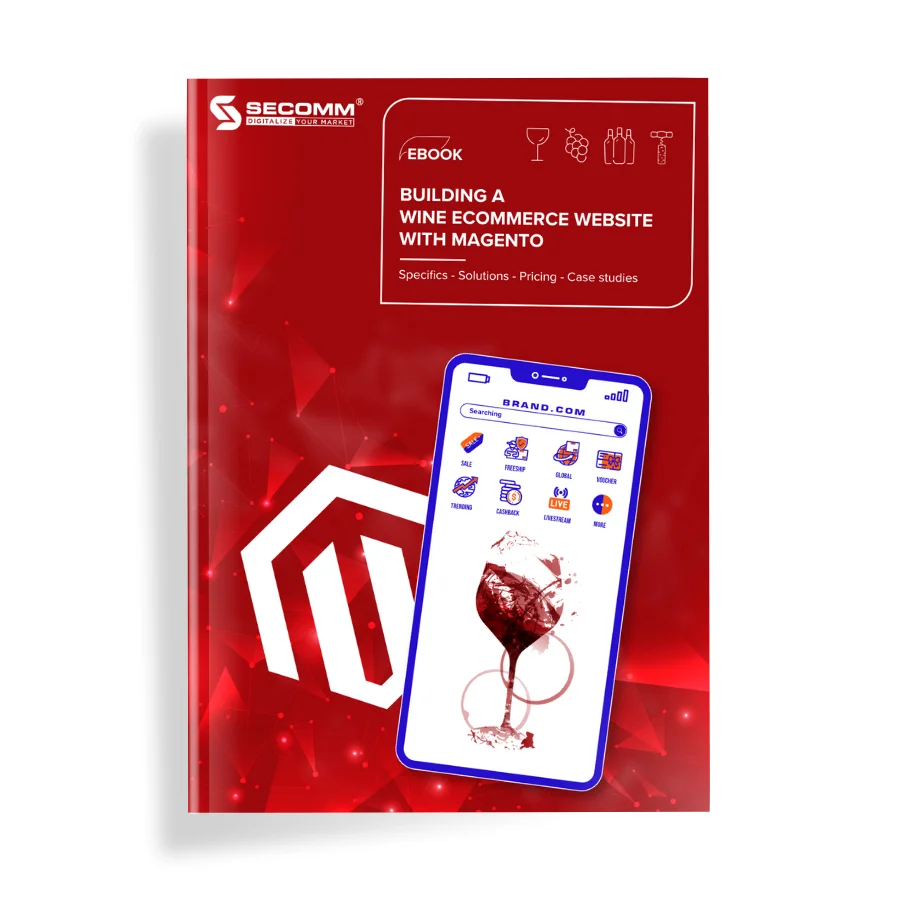
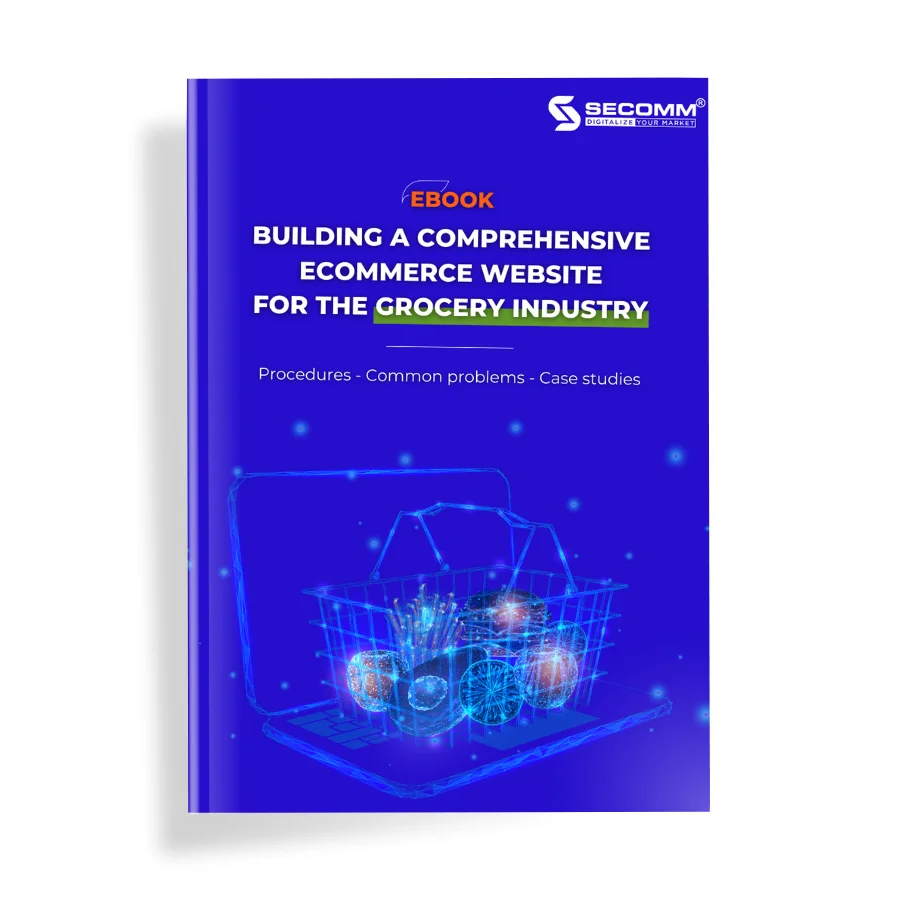
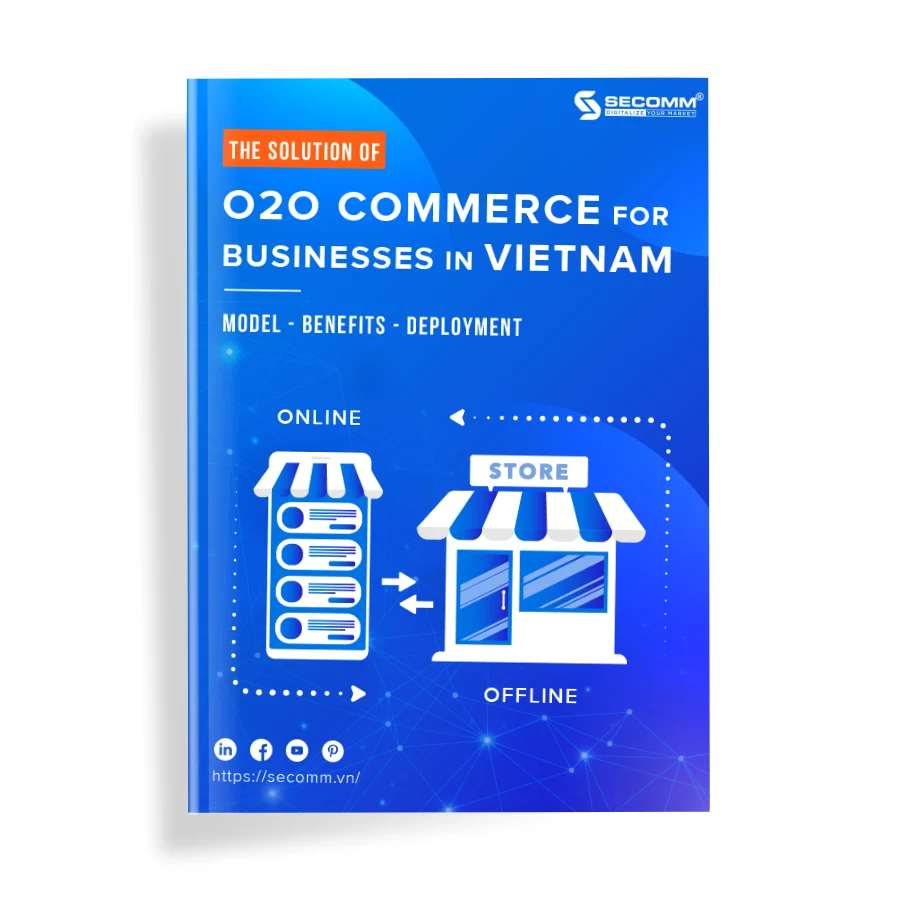
Great article